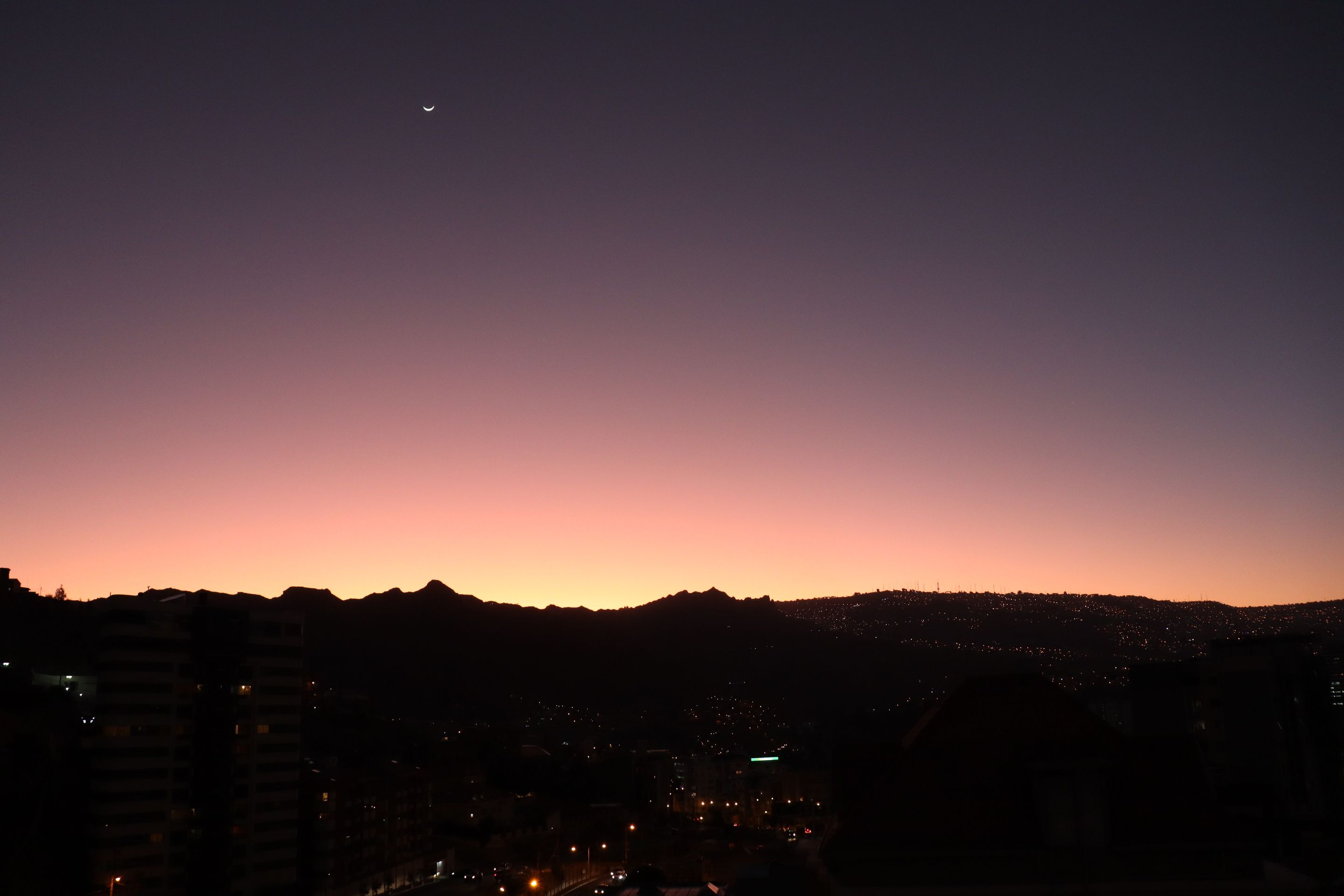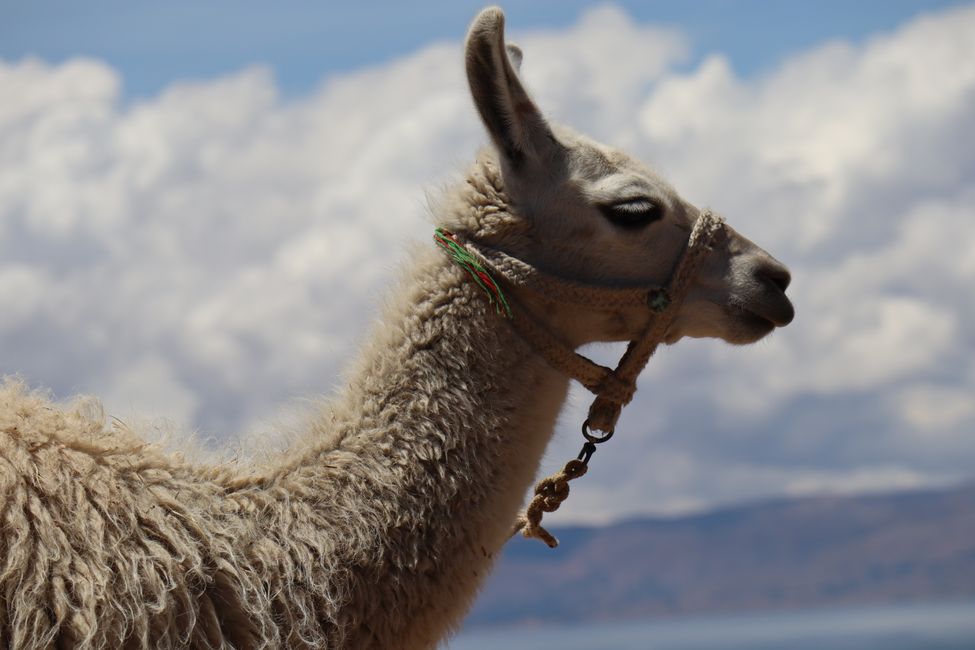
fear-and-loathing-in-southamerica
vakantio.de/fear-and-loathing-in-southamerica
Cocaine, Coffee and the Caribbean San Agustin-Medellin-Manizales-Salento-Cartagena
Објавено: 20.05.2023
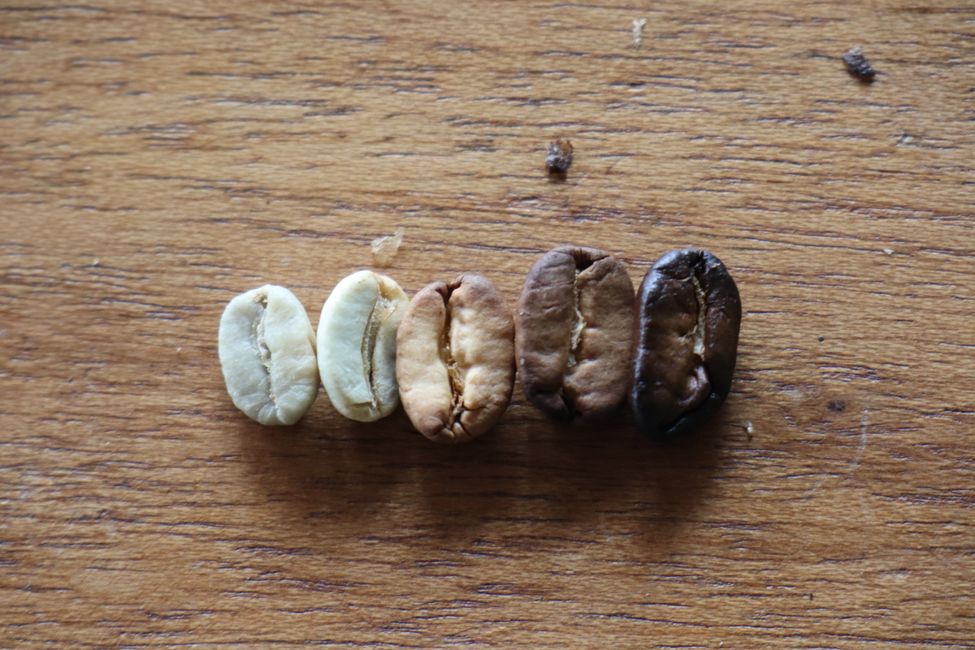
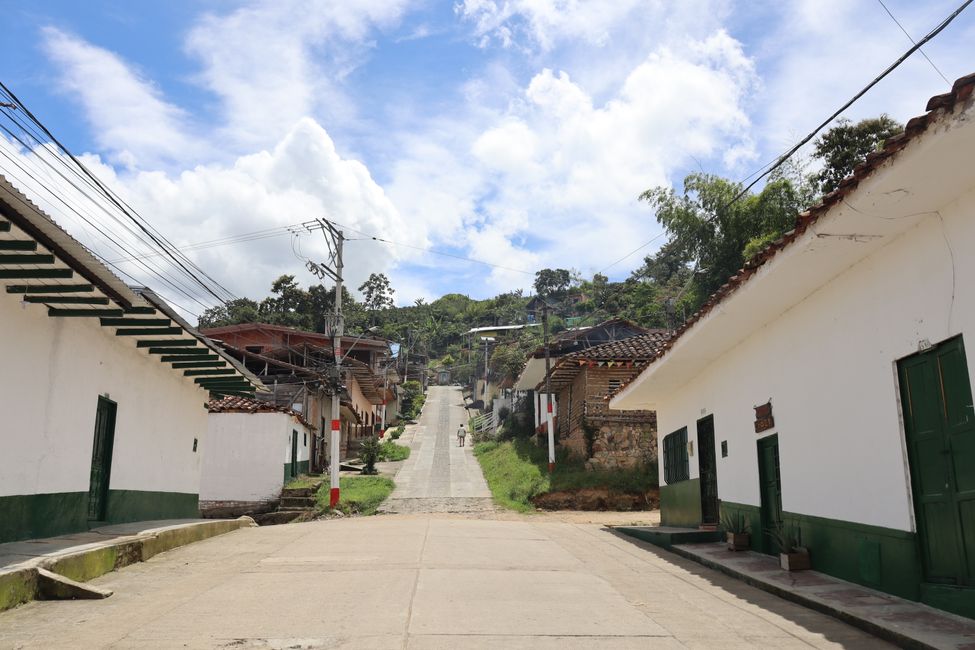
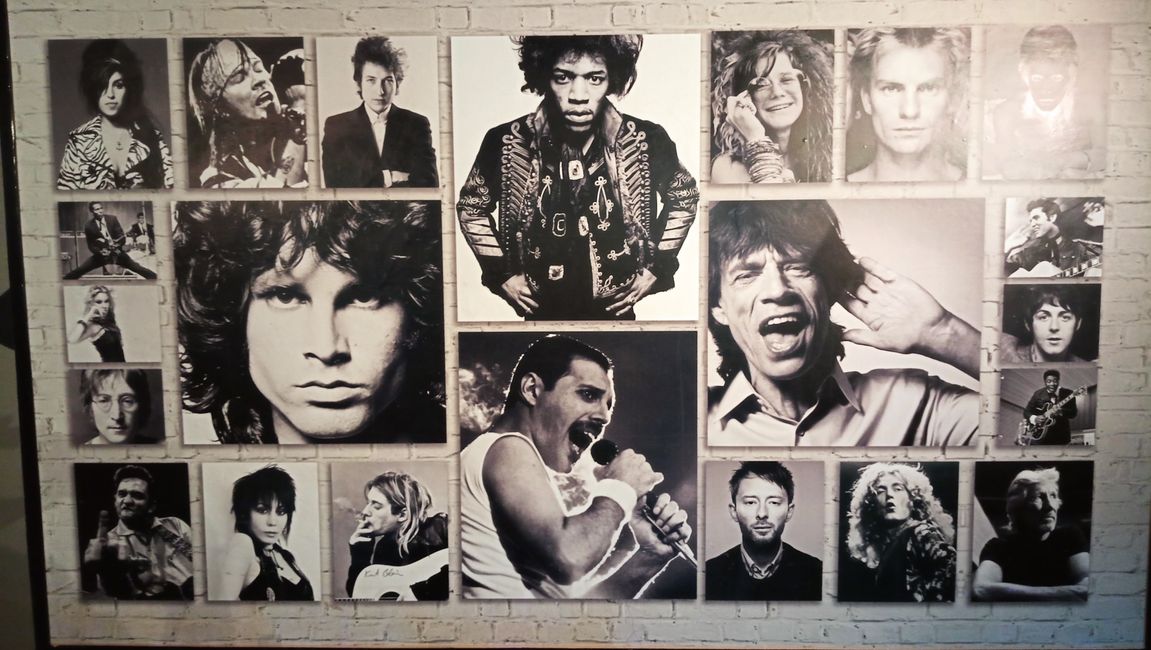
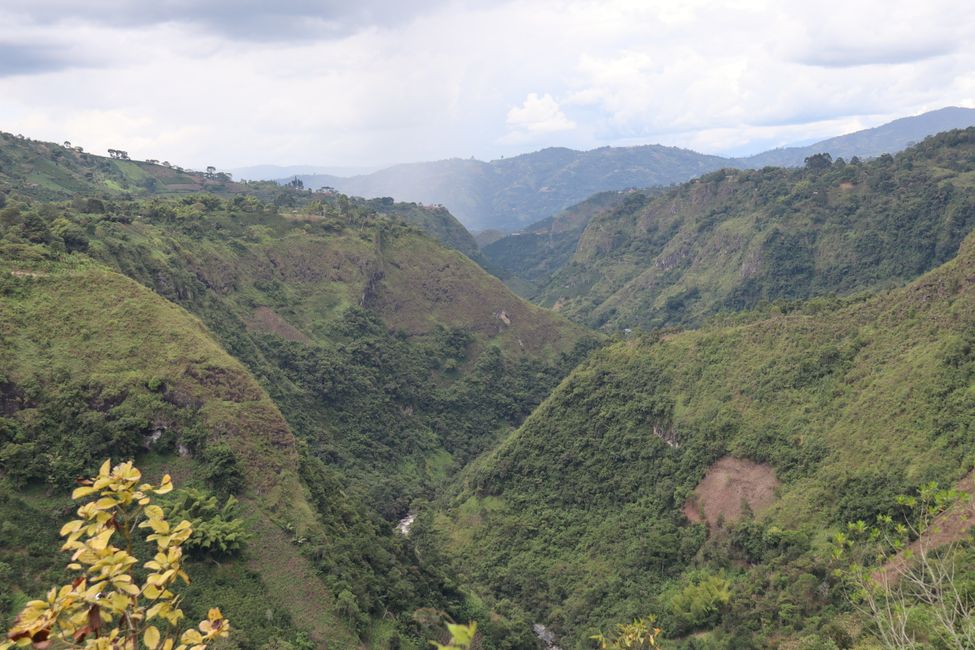
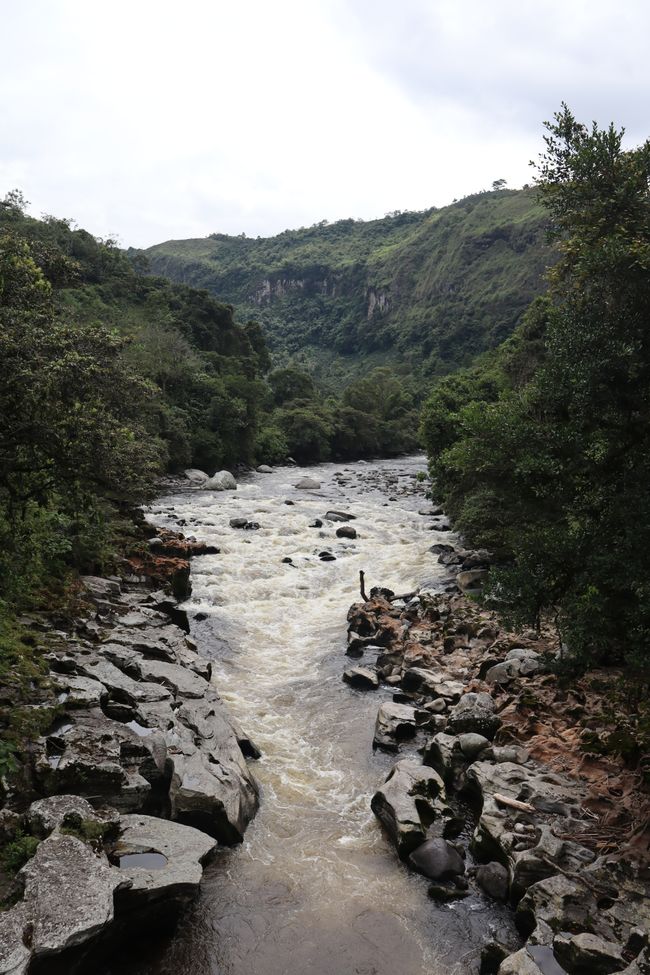
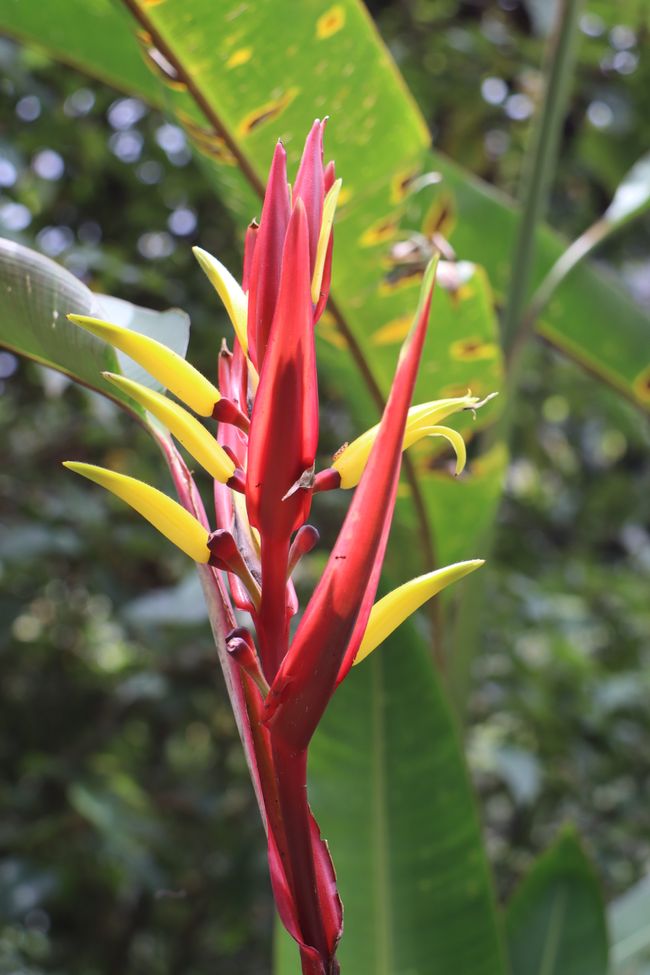
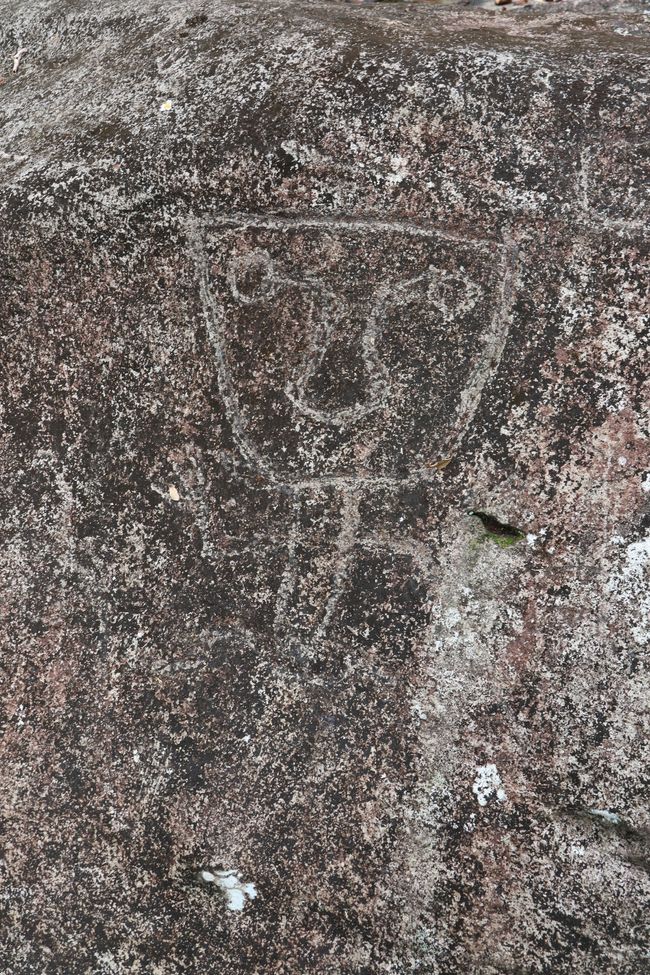
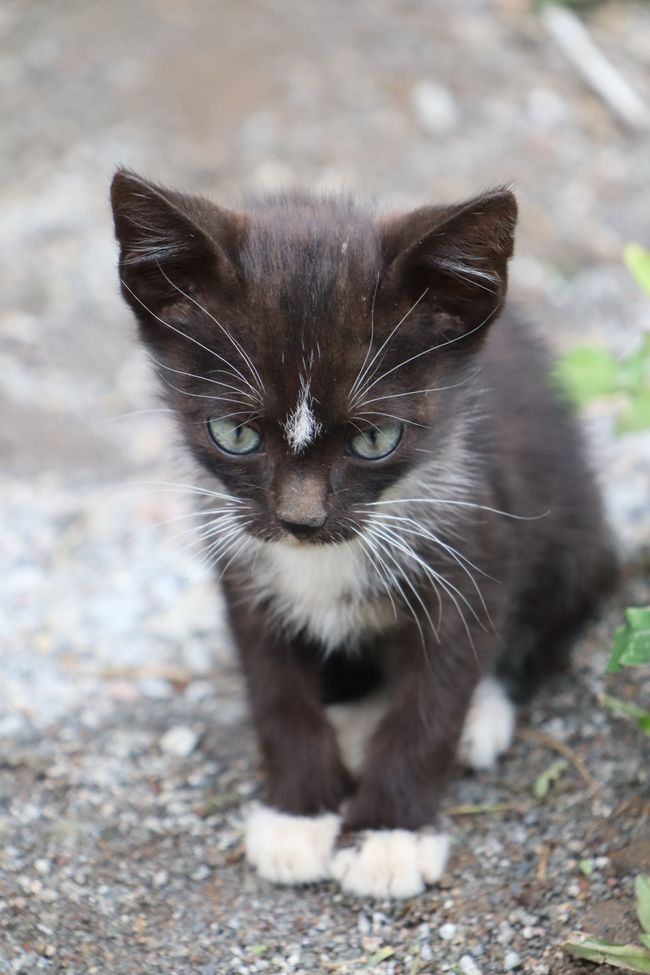
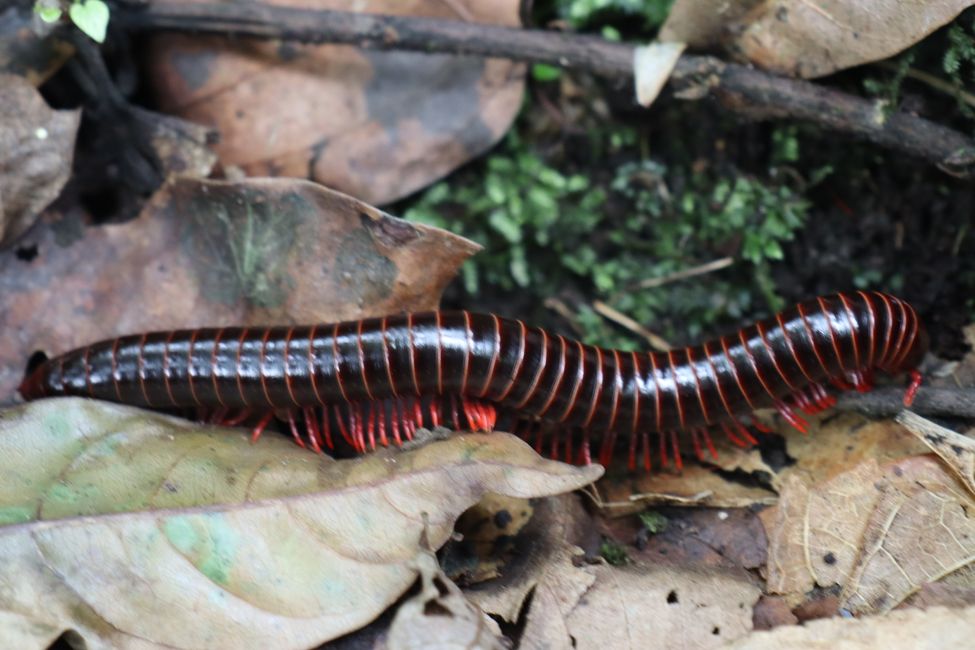
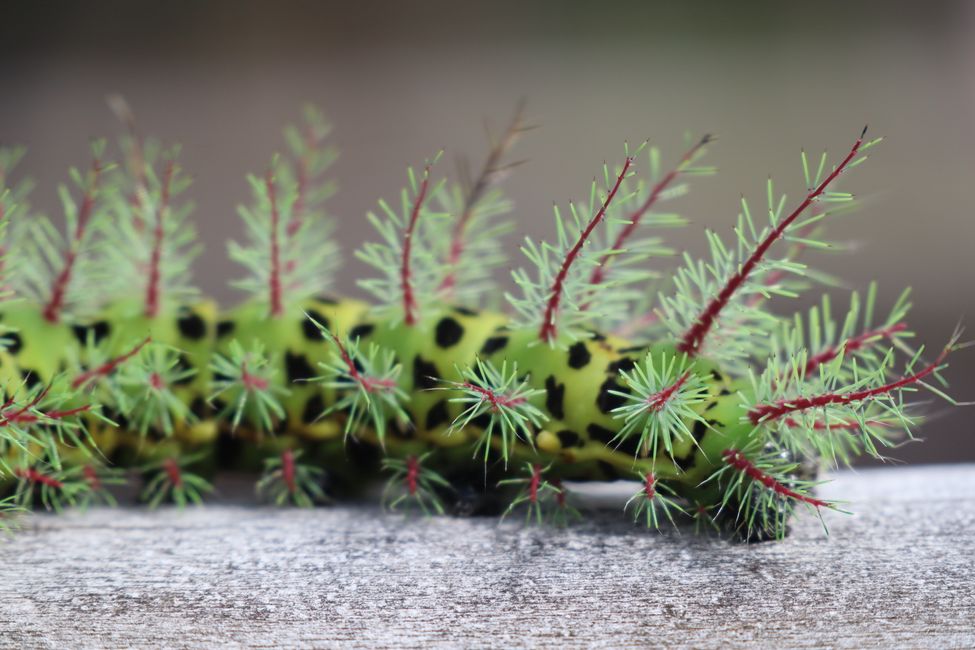
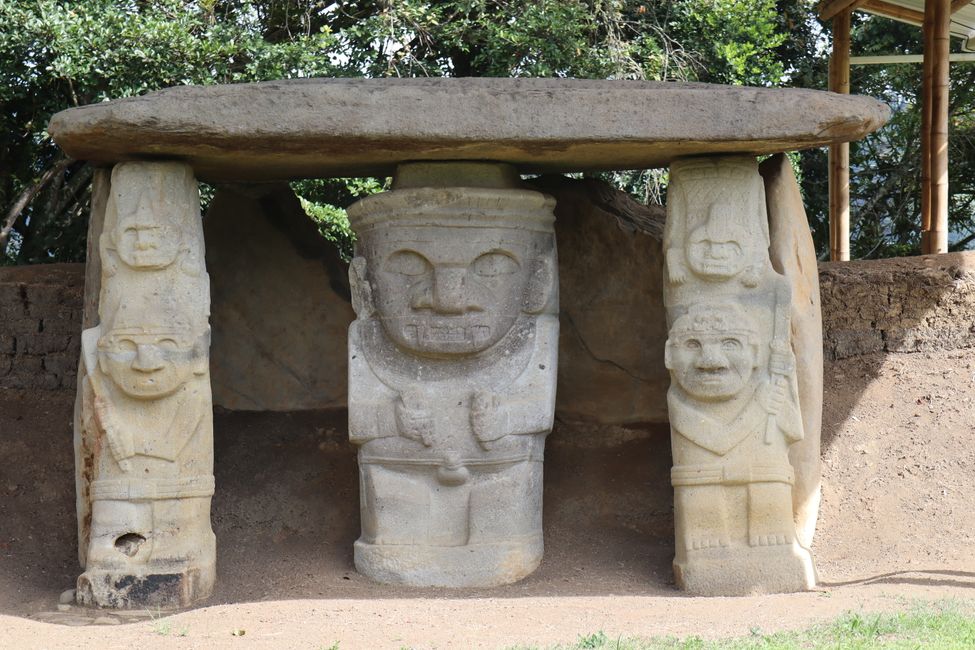
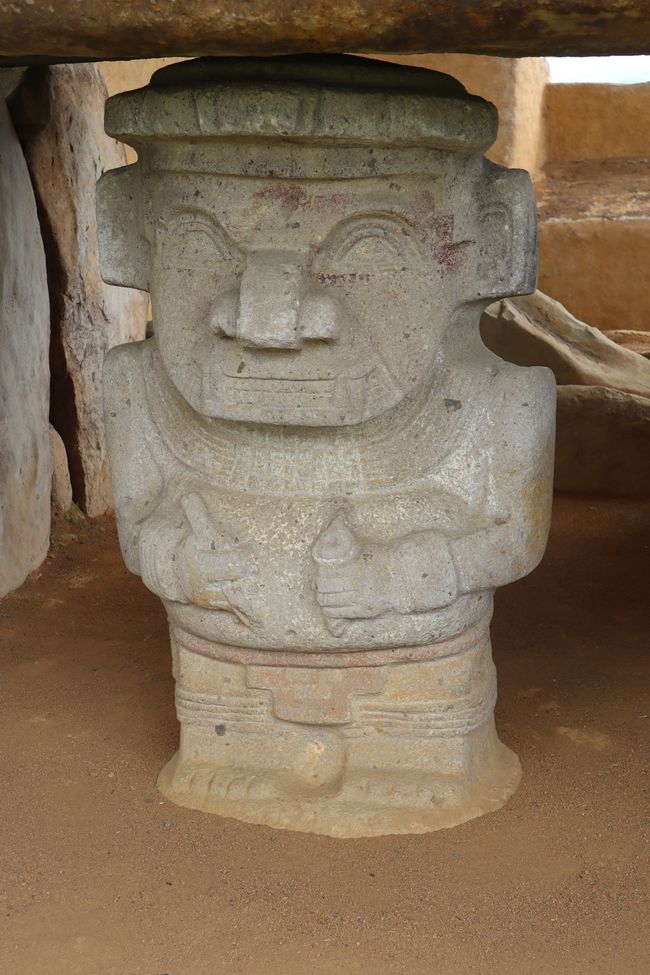
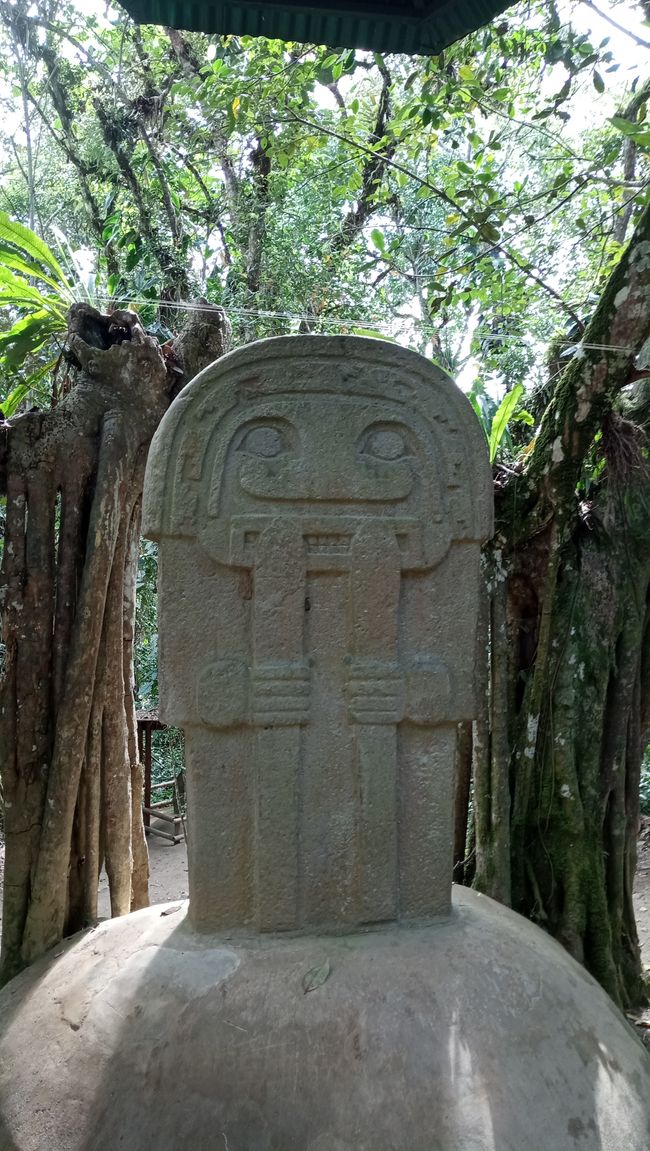
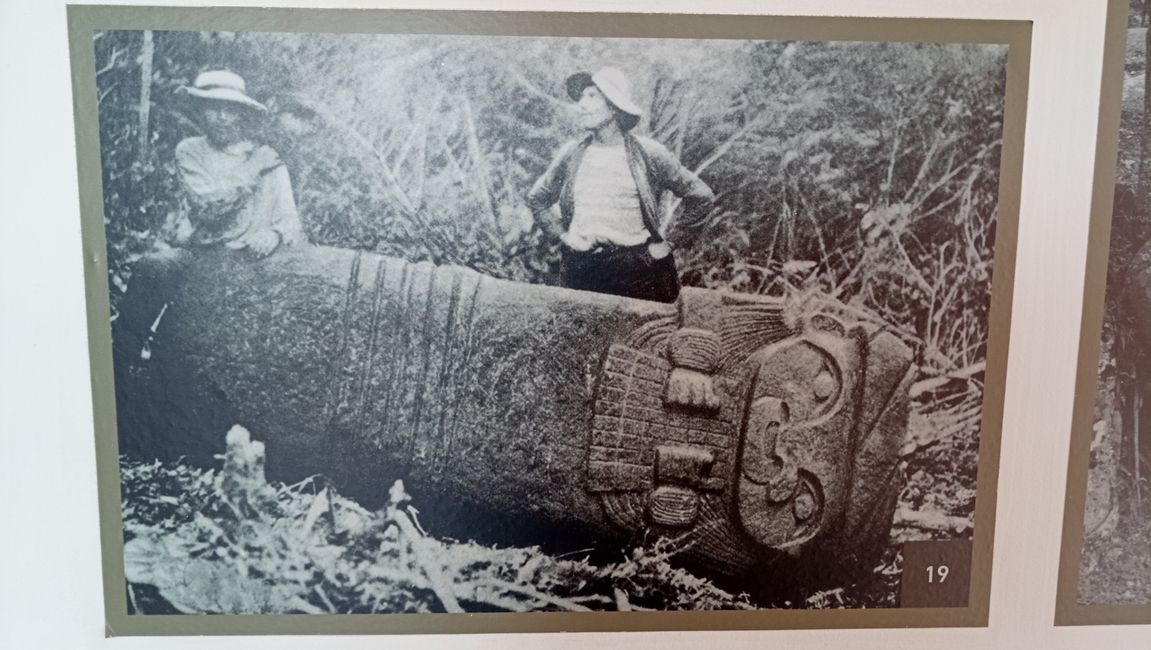
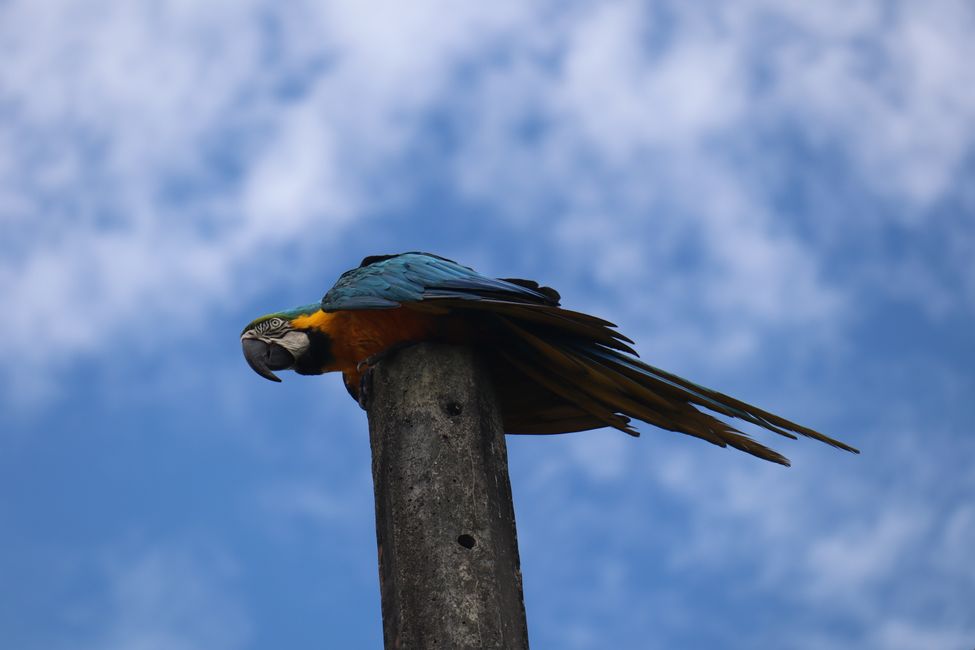
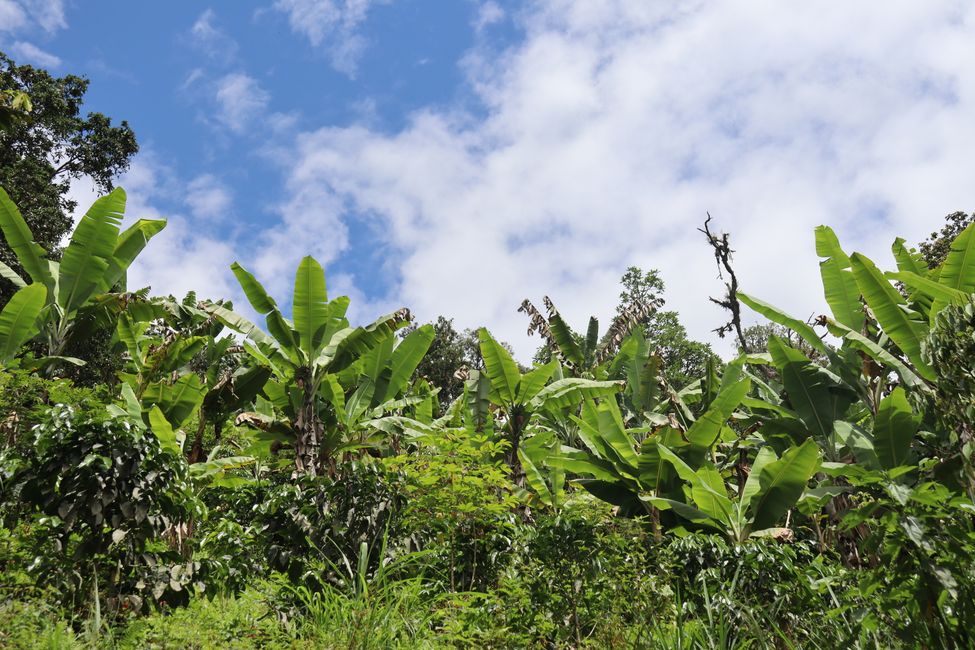
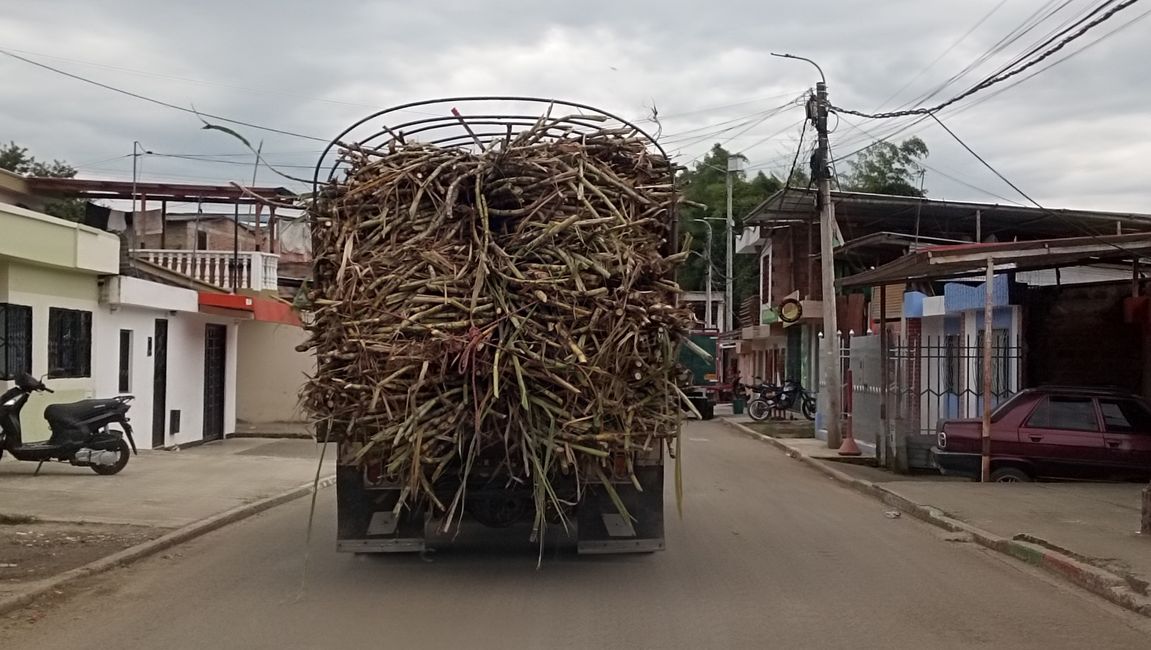

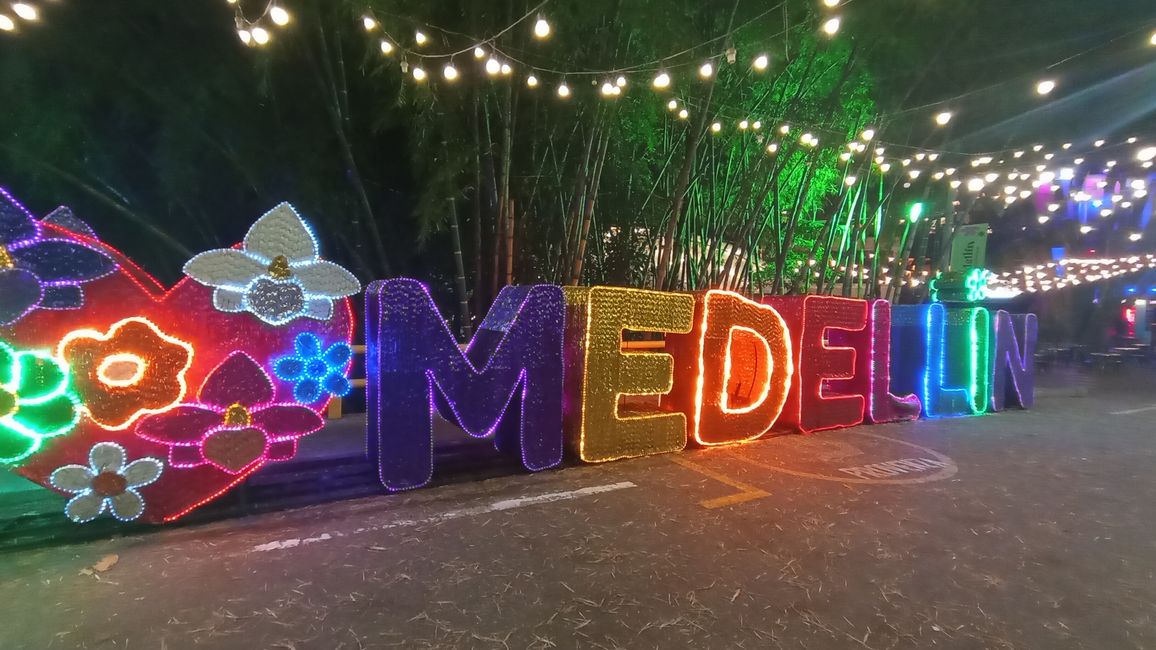
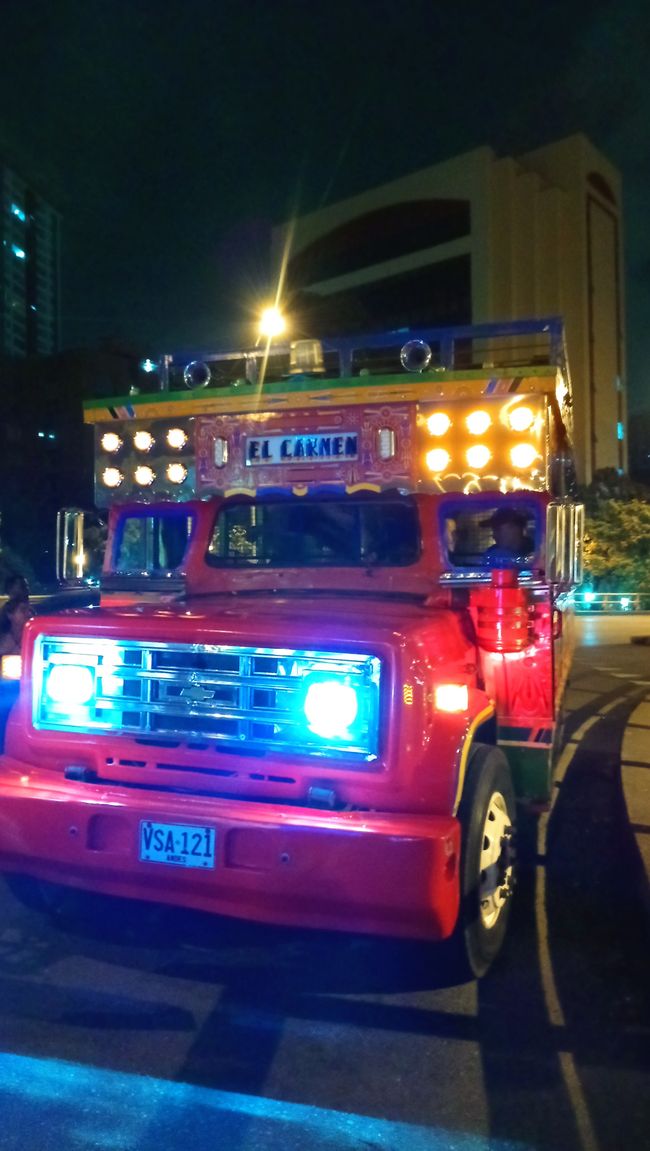
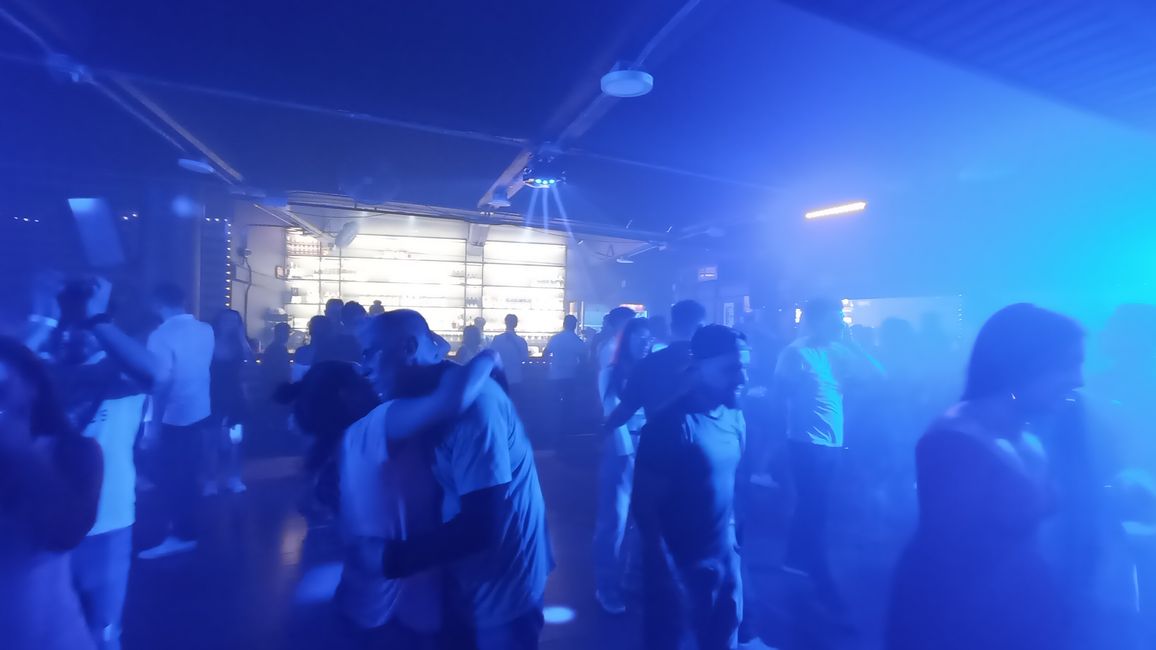
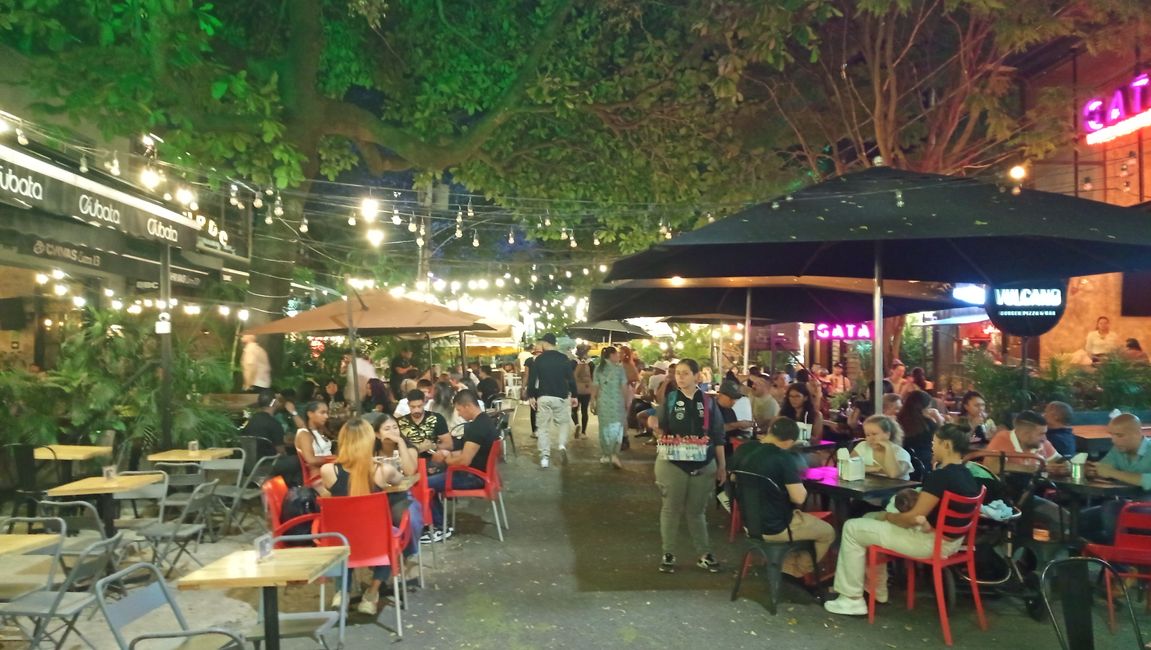
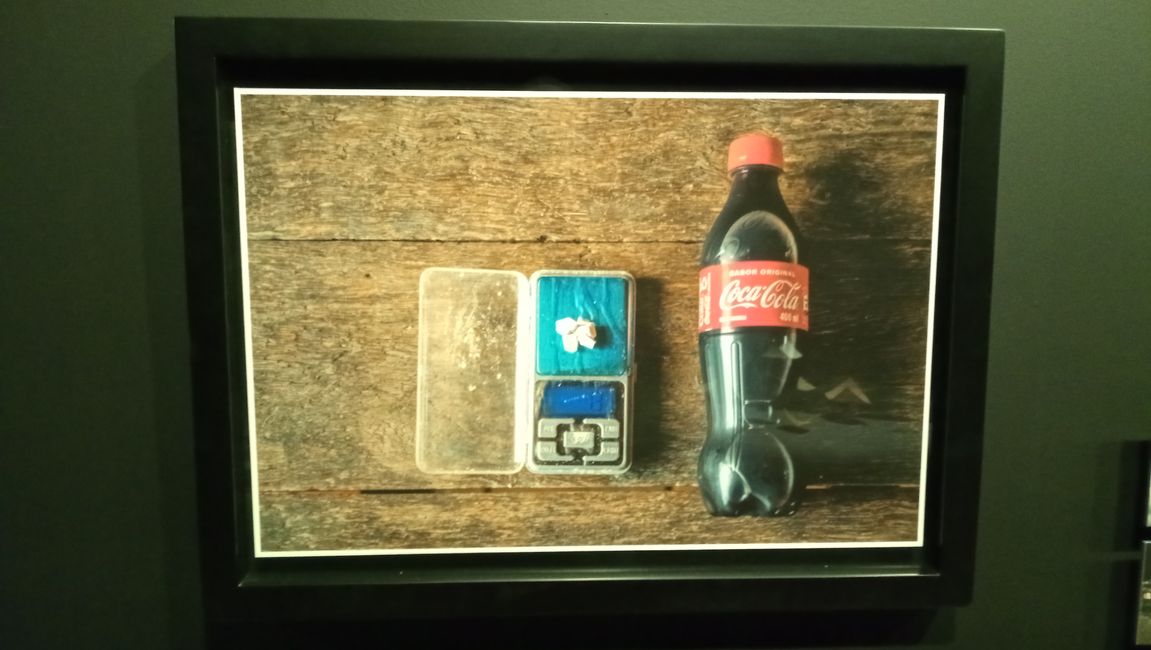
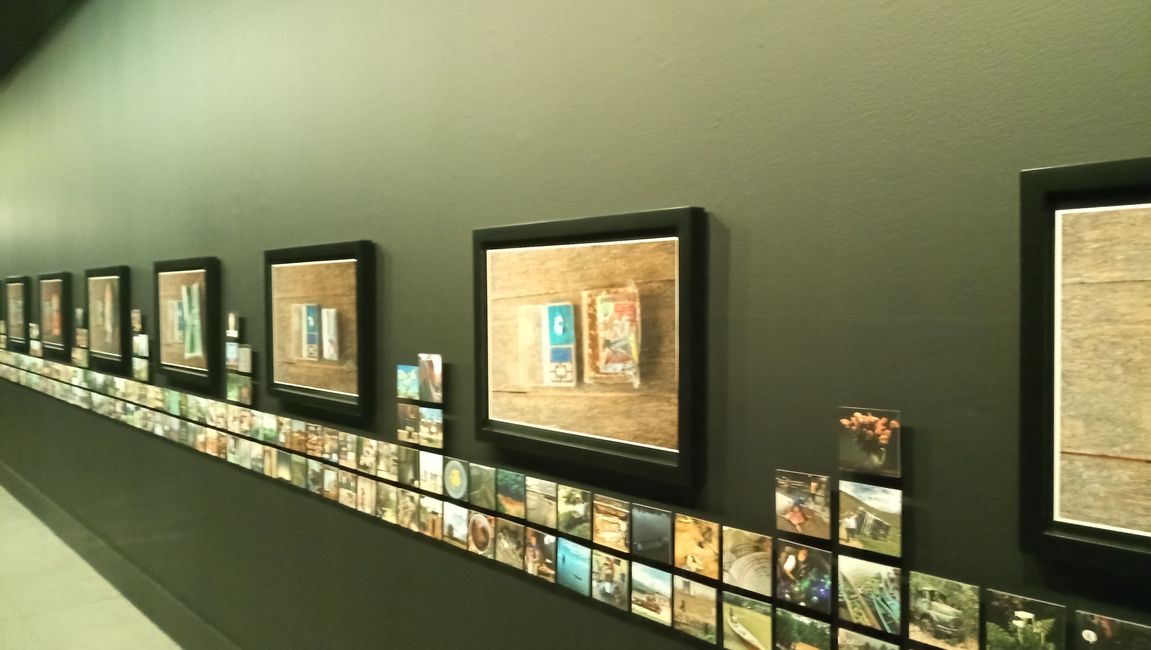
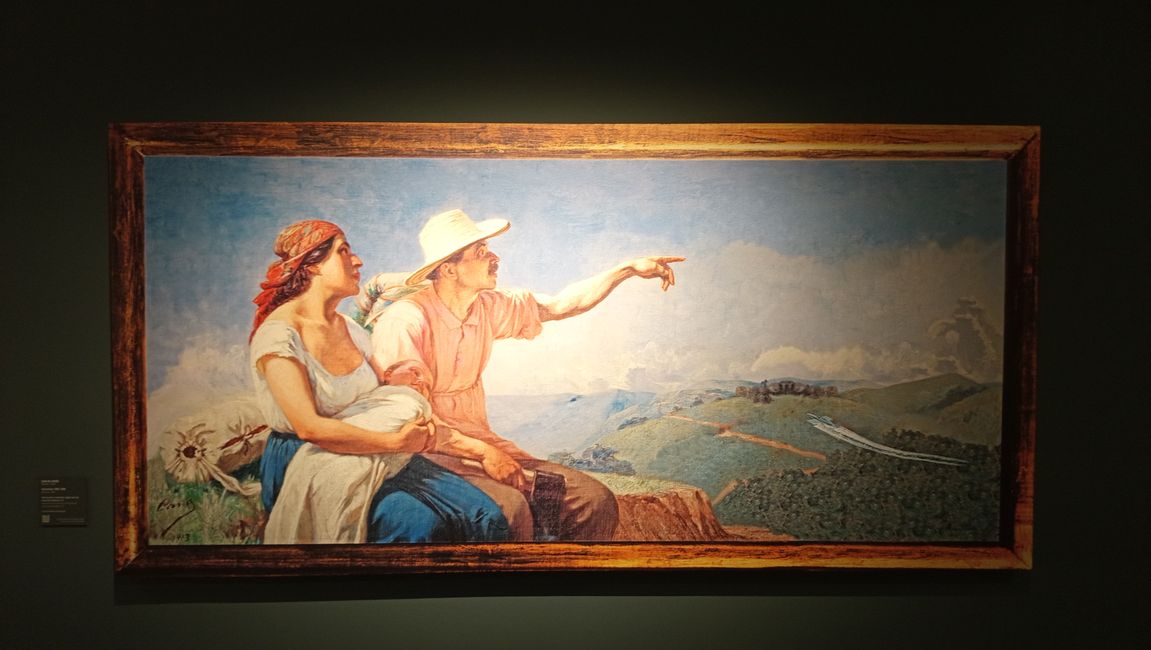
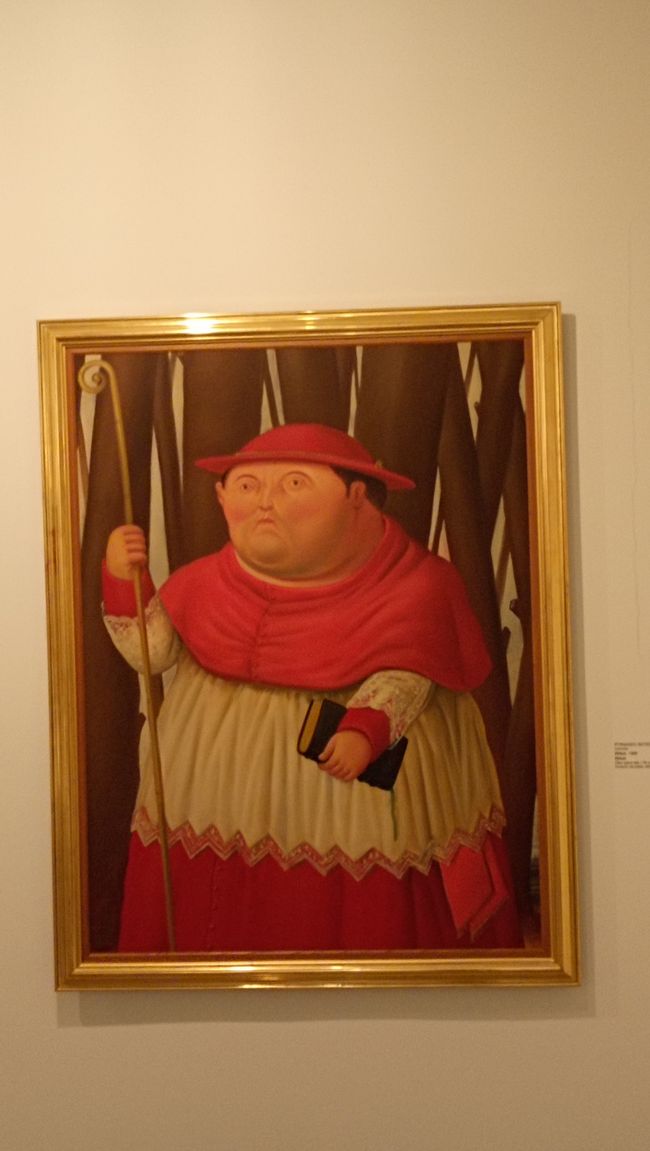
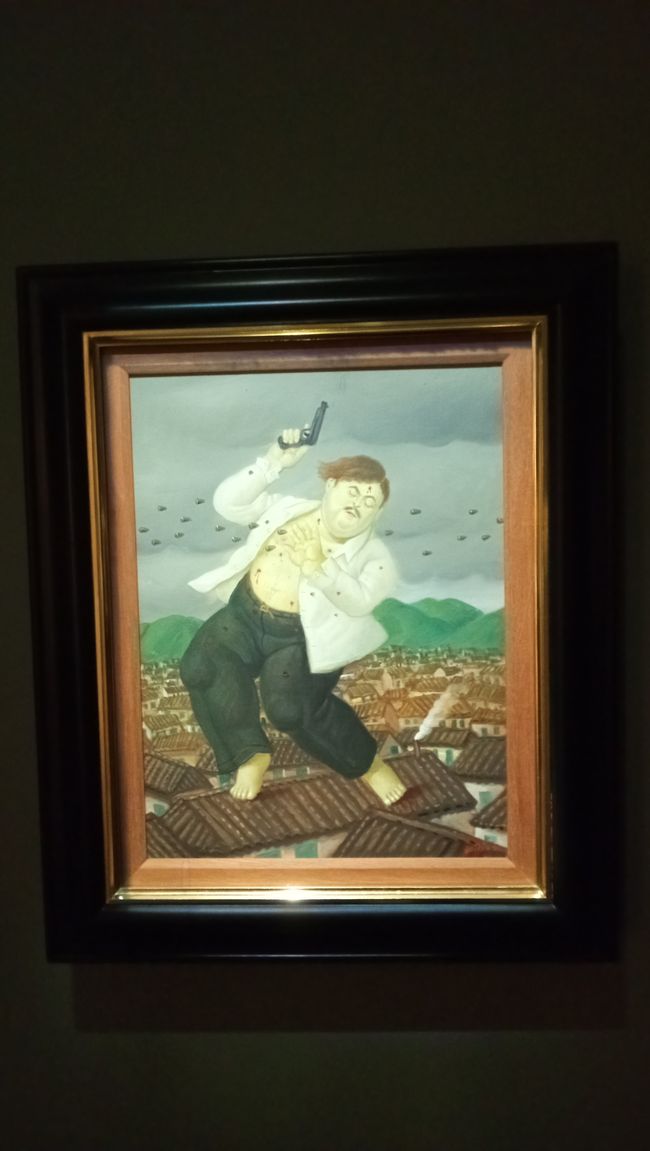
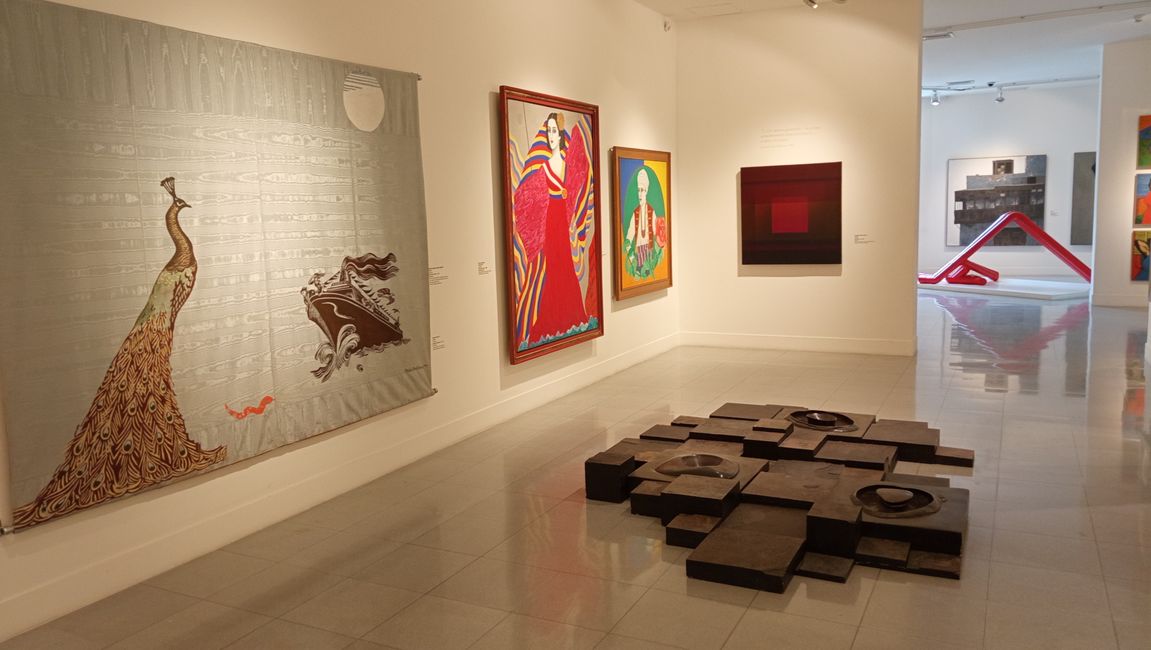
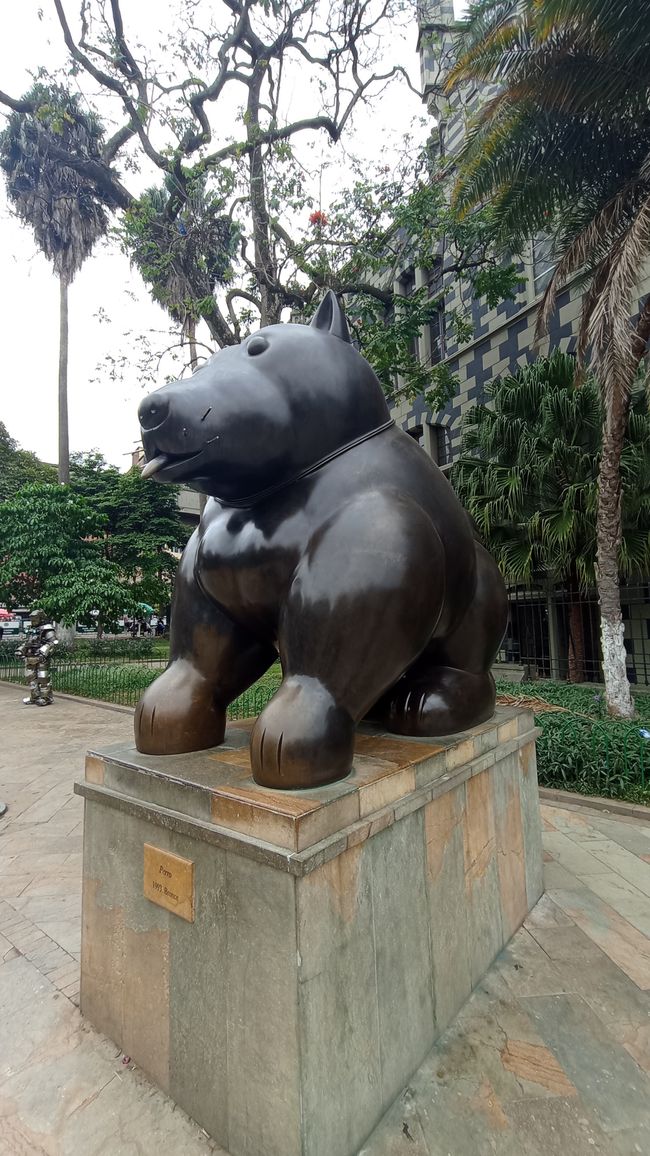
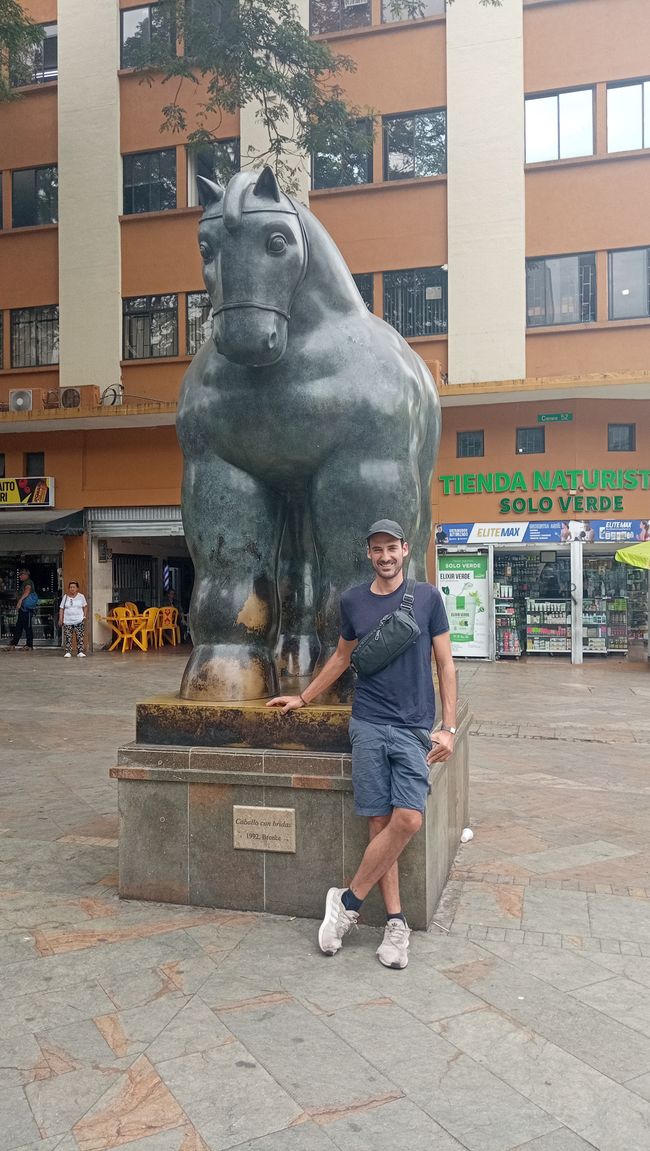
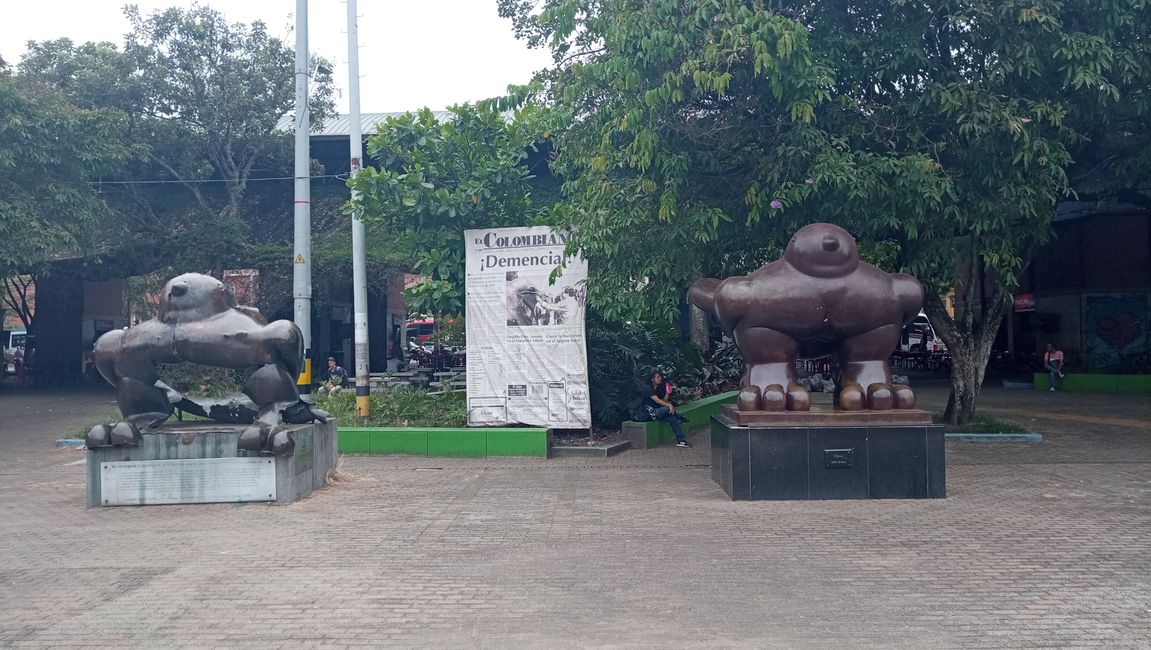
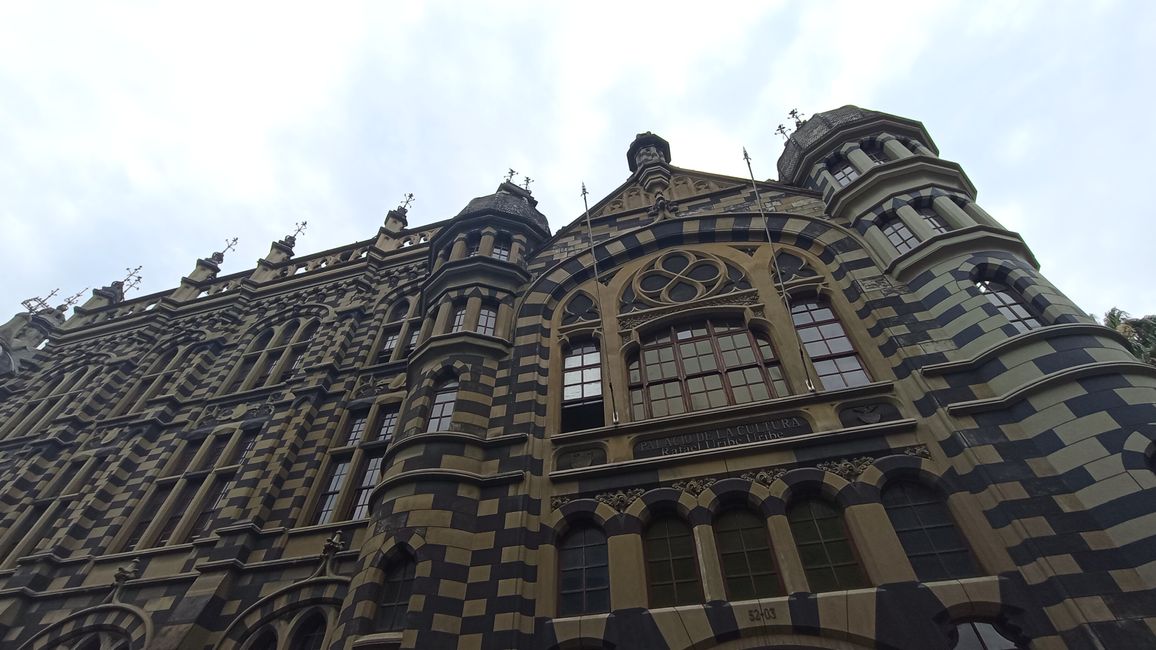
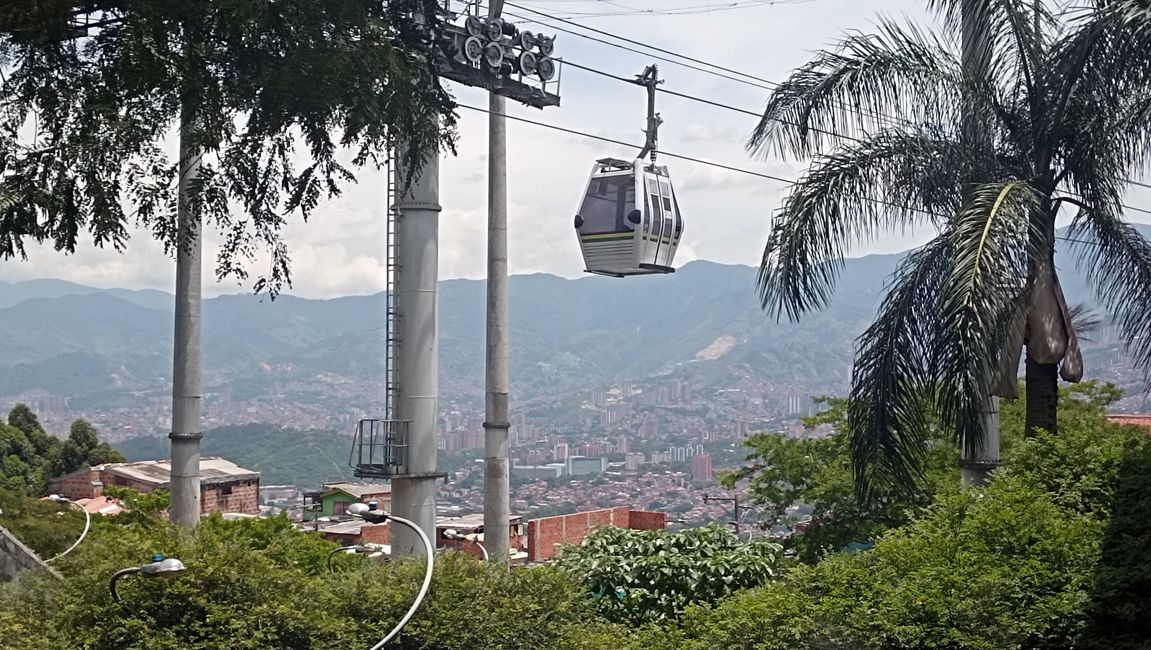
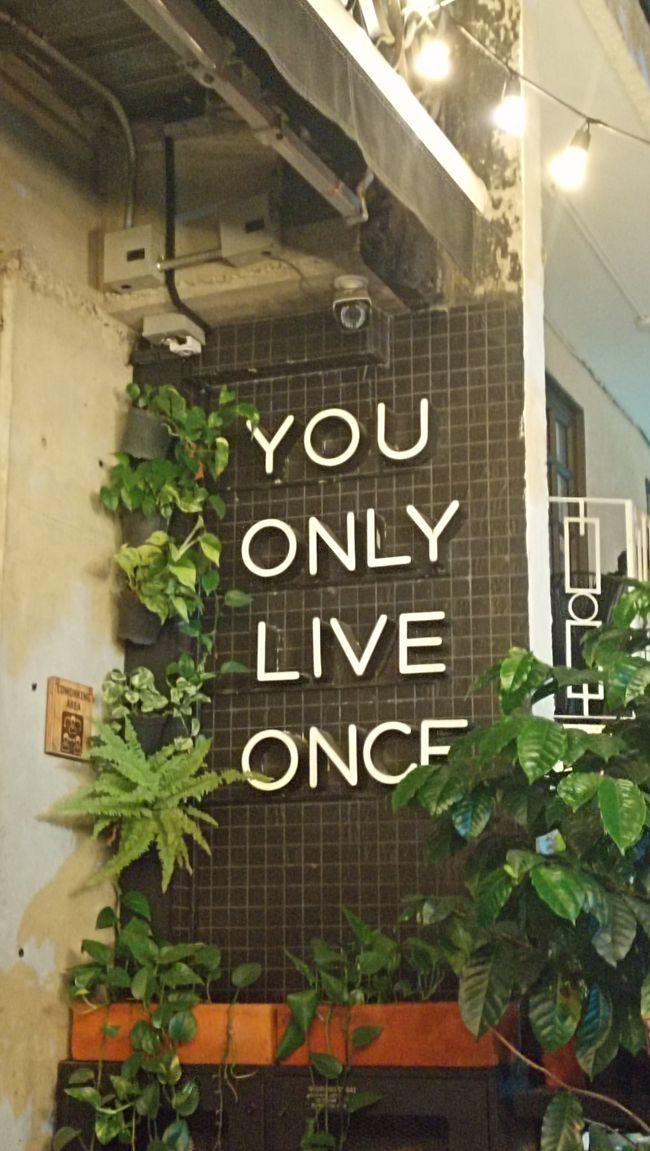
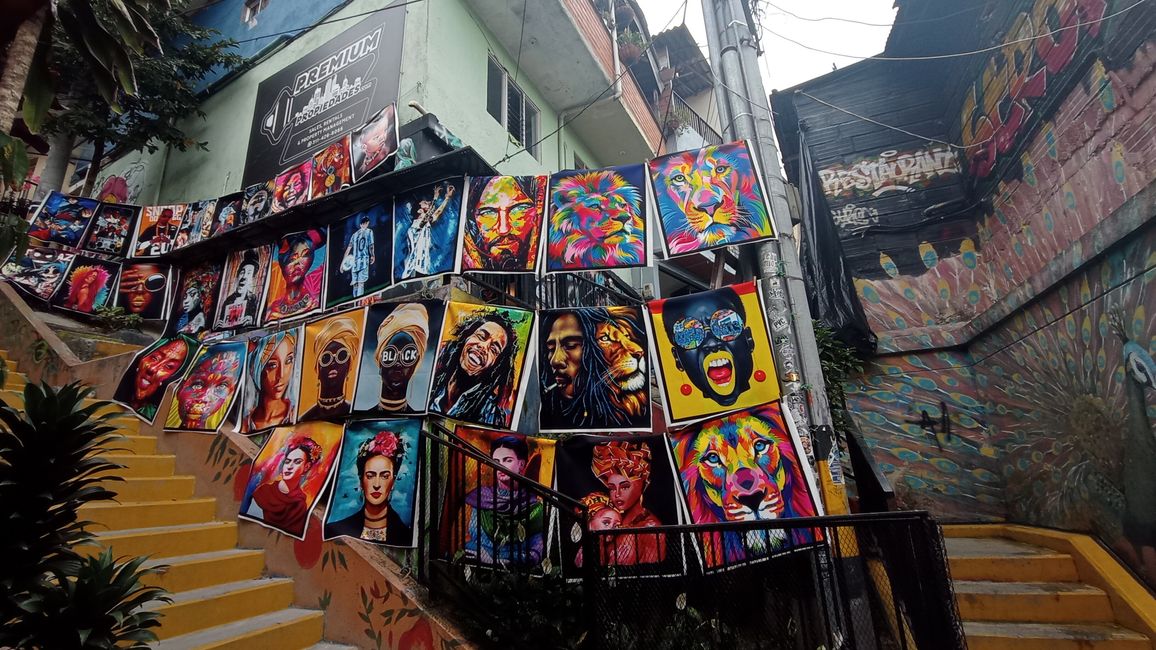
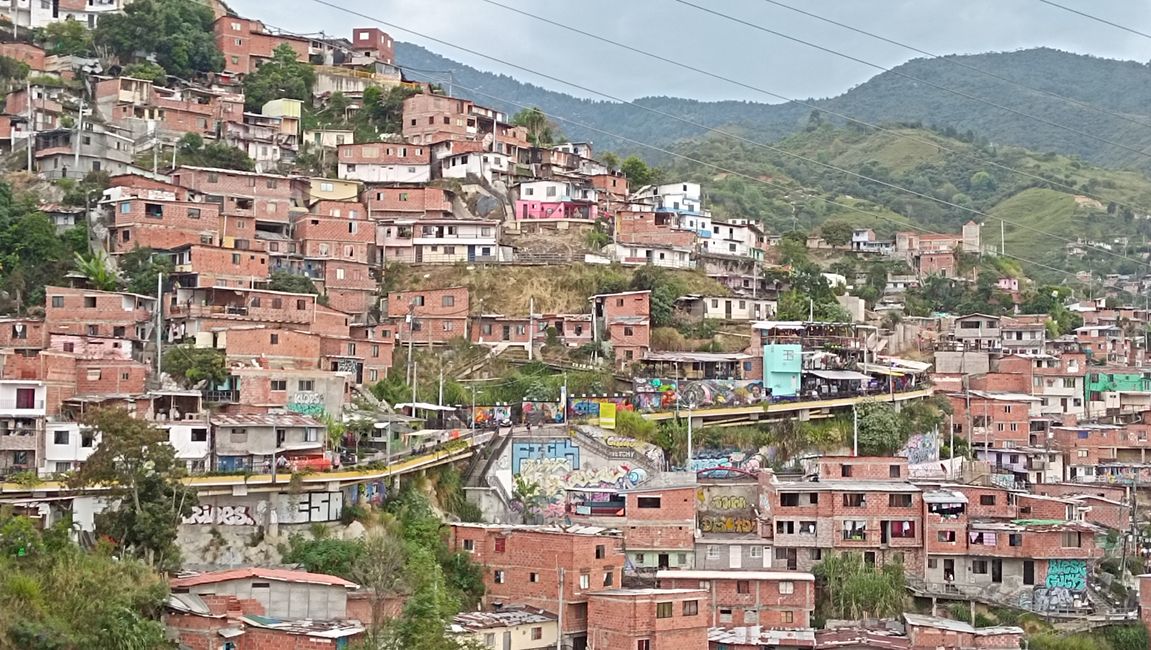
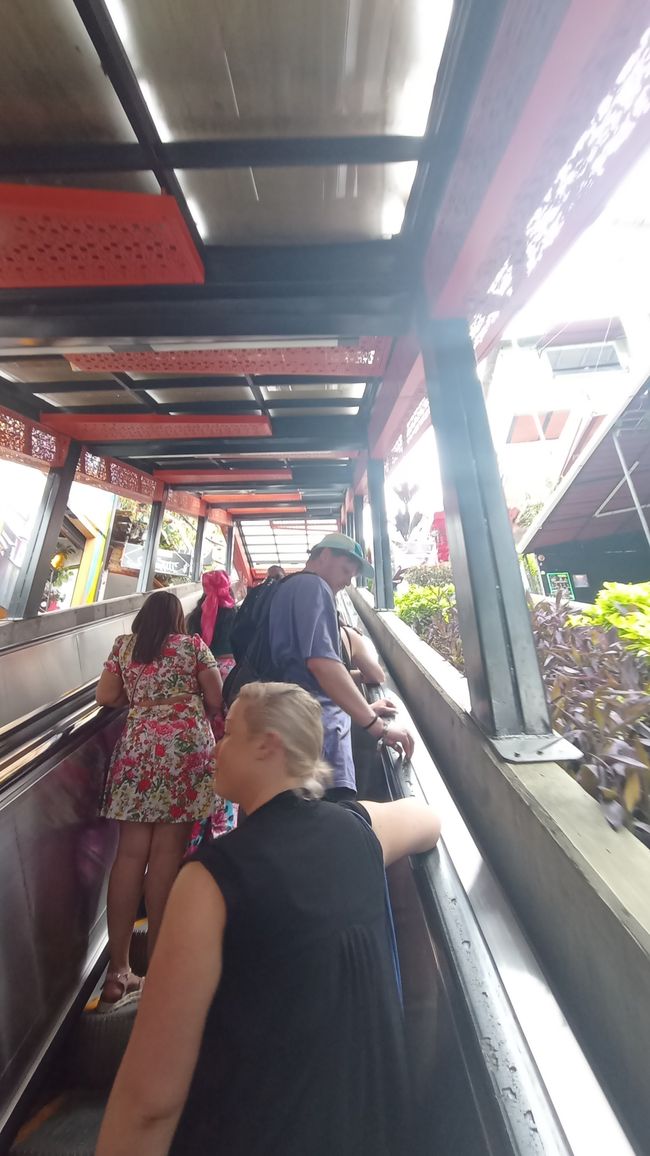
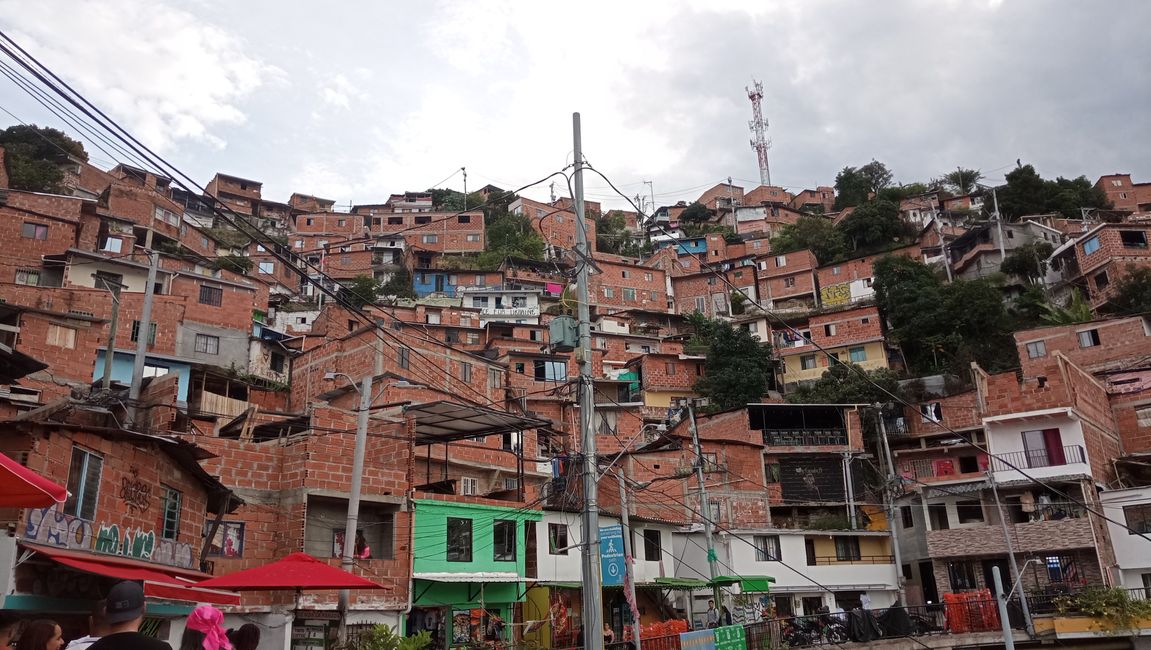
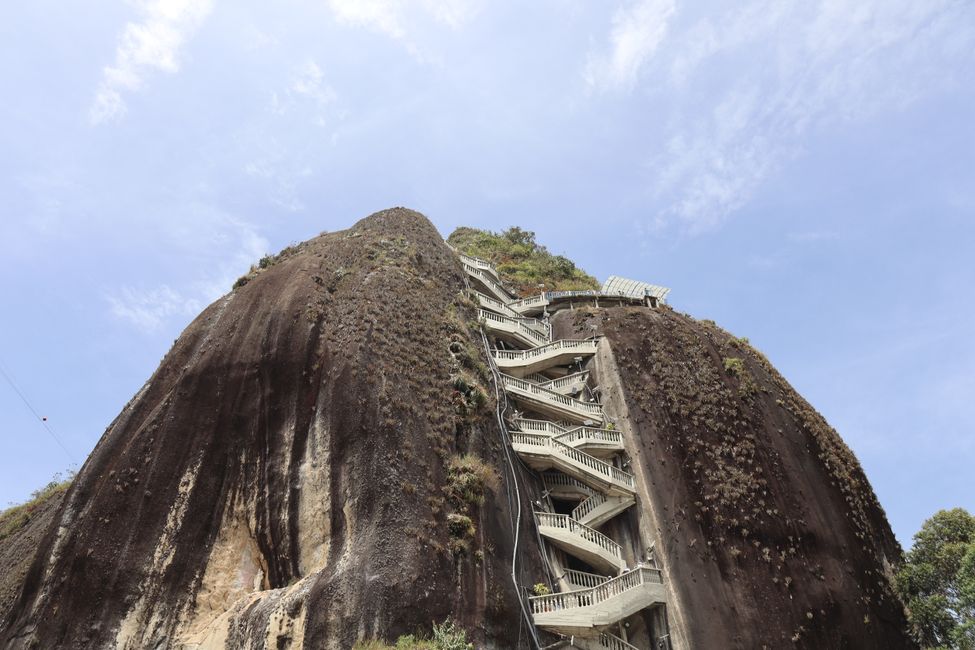
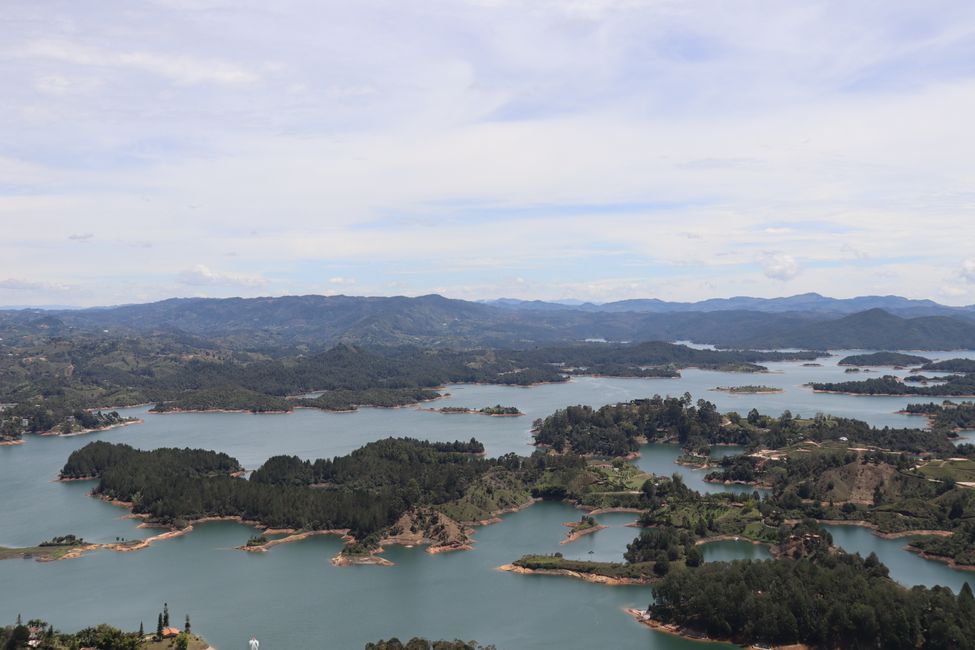
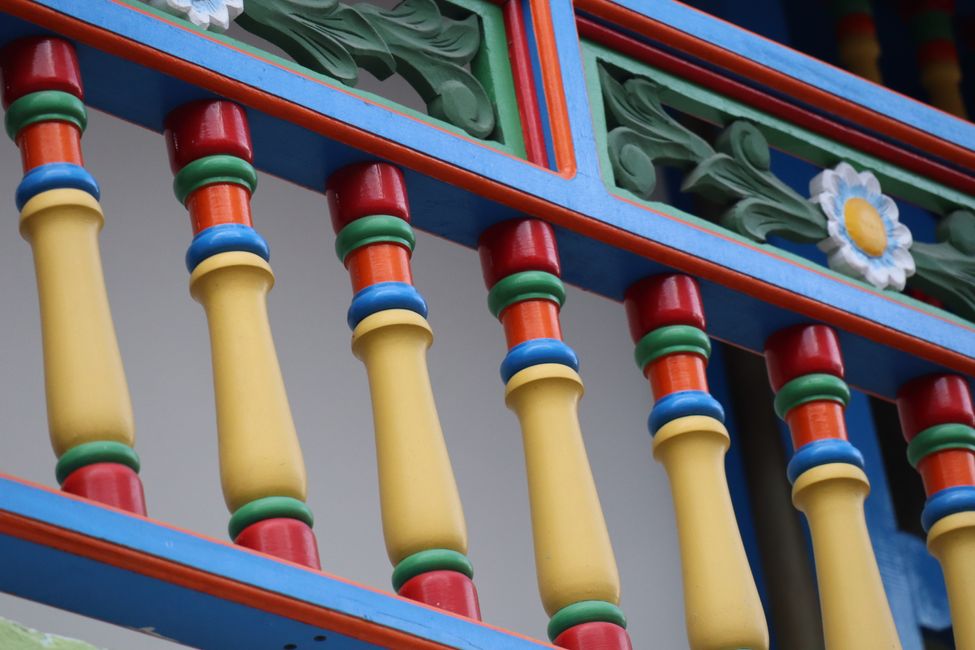
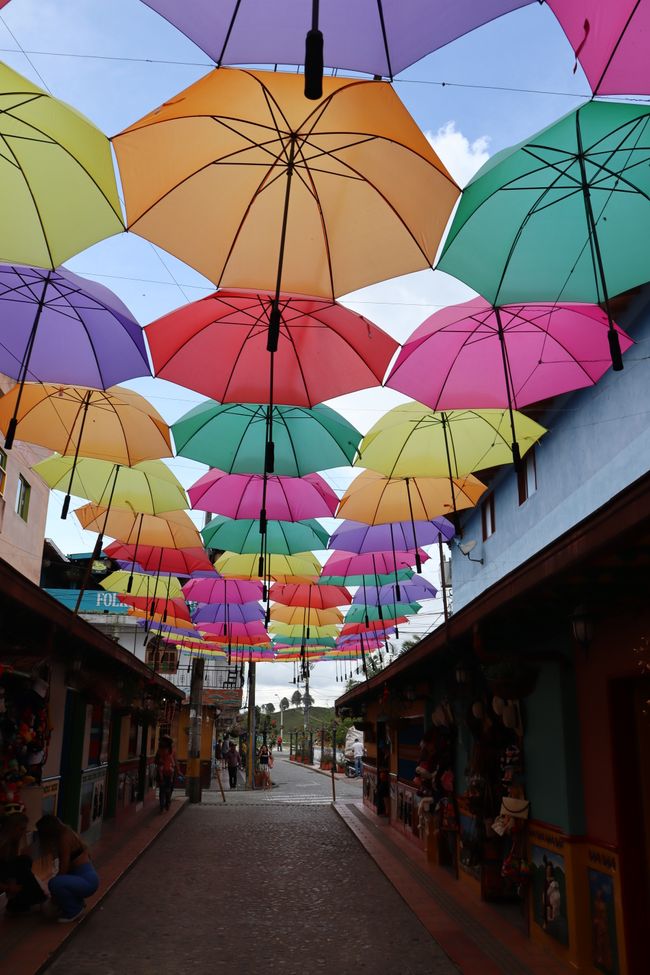
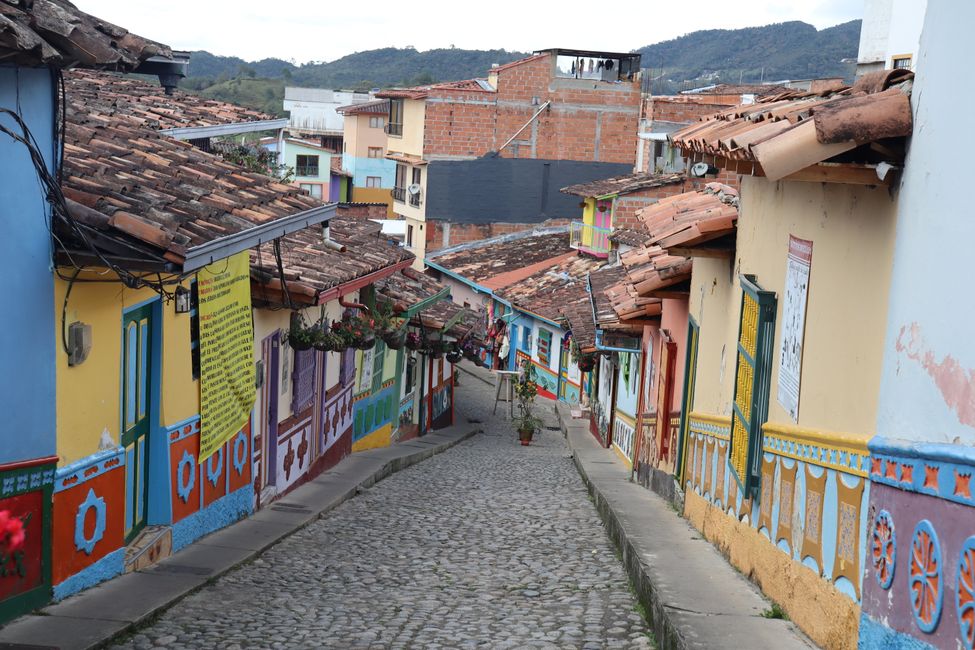
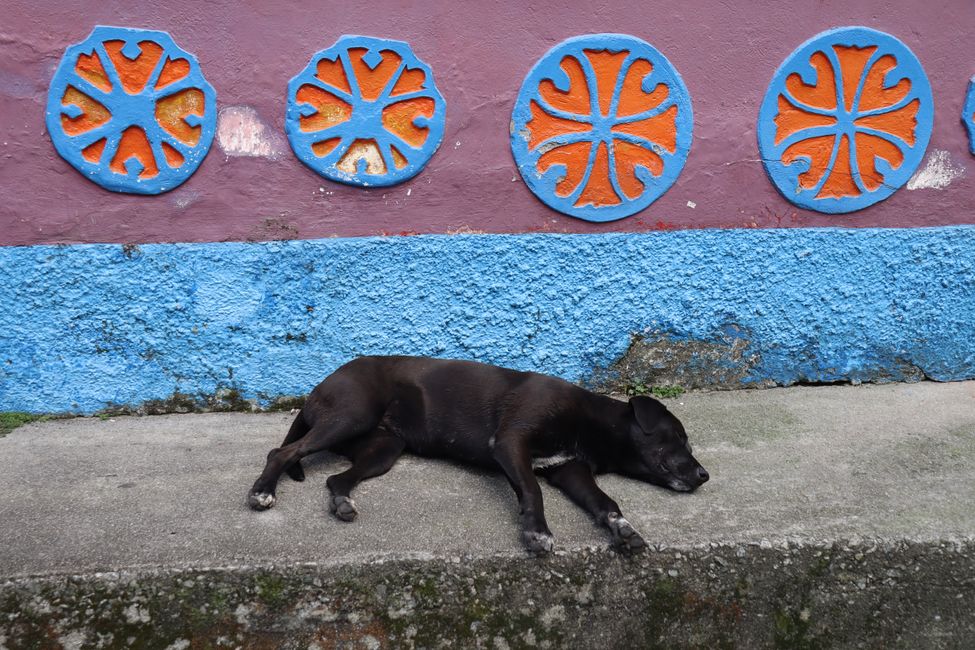
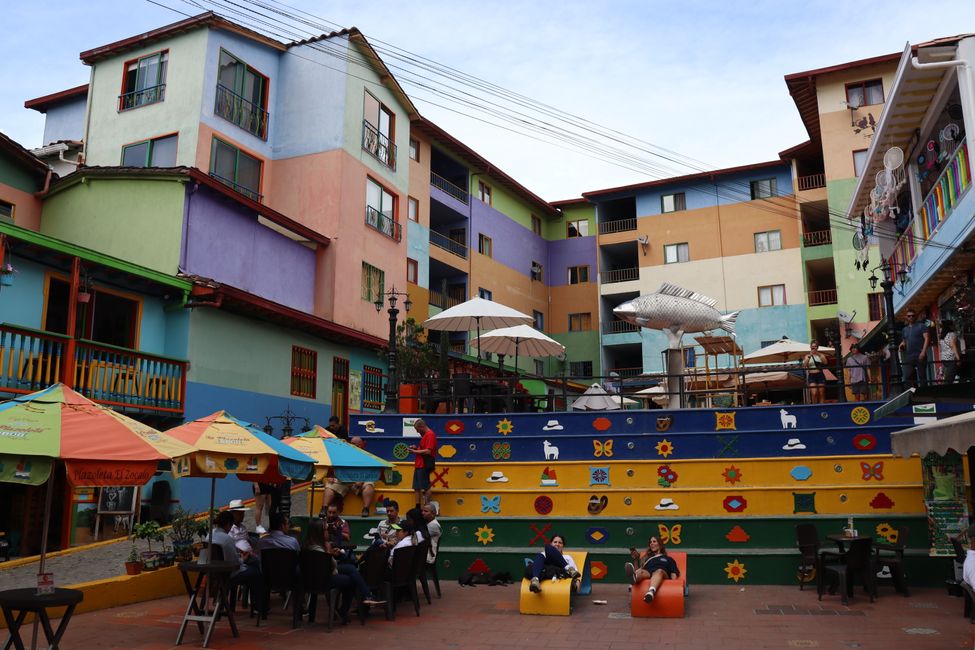
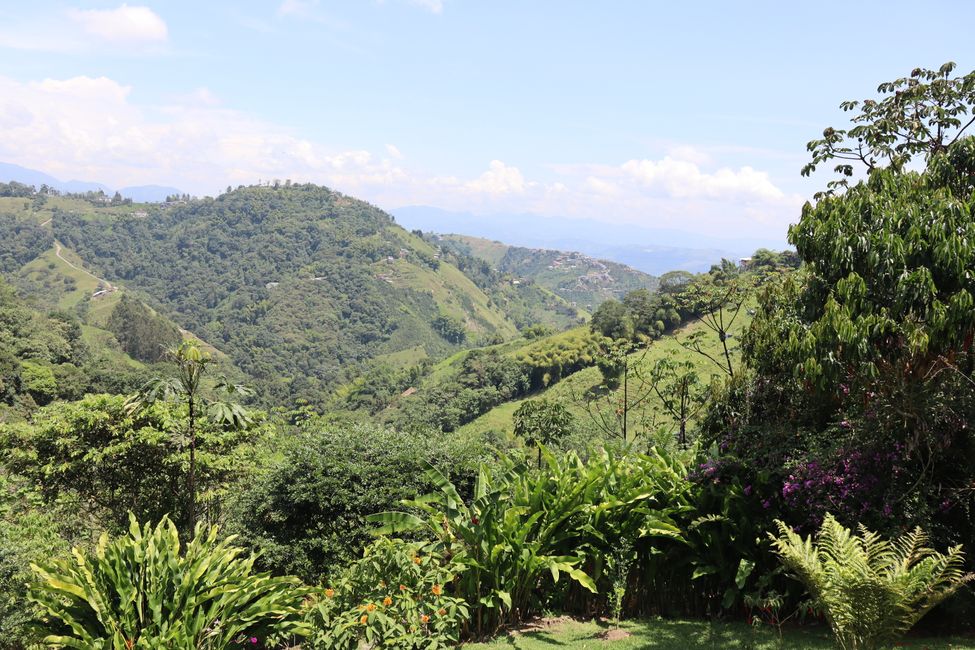
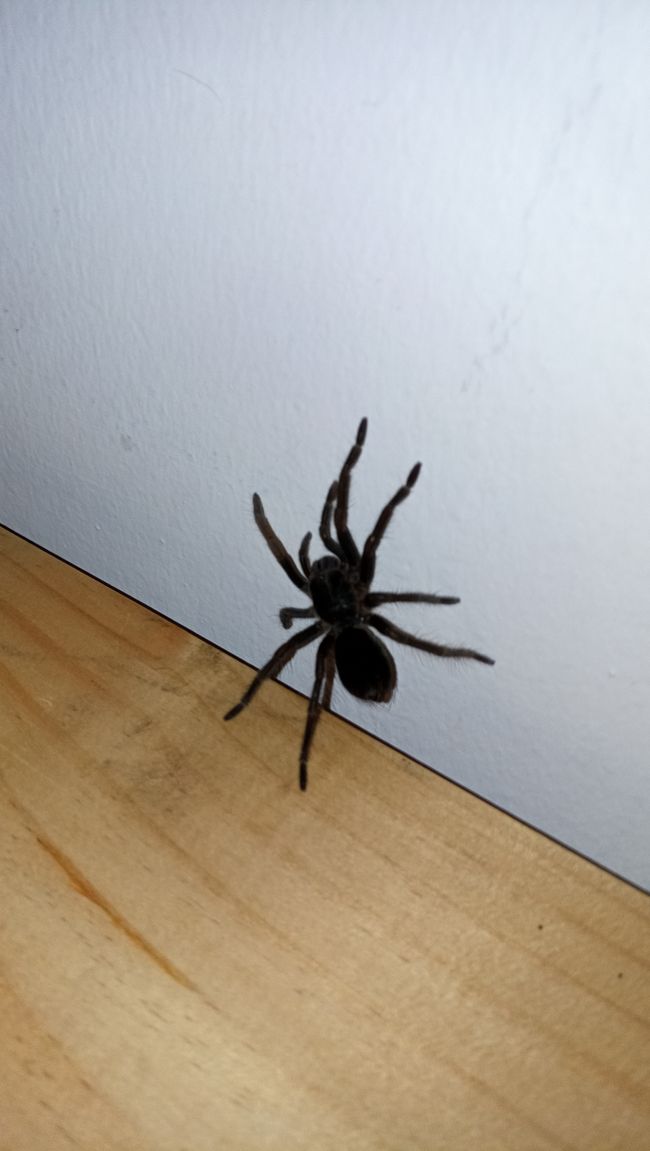
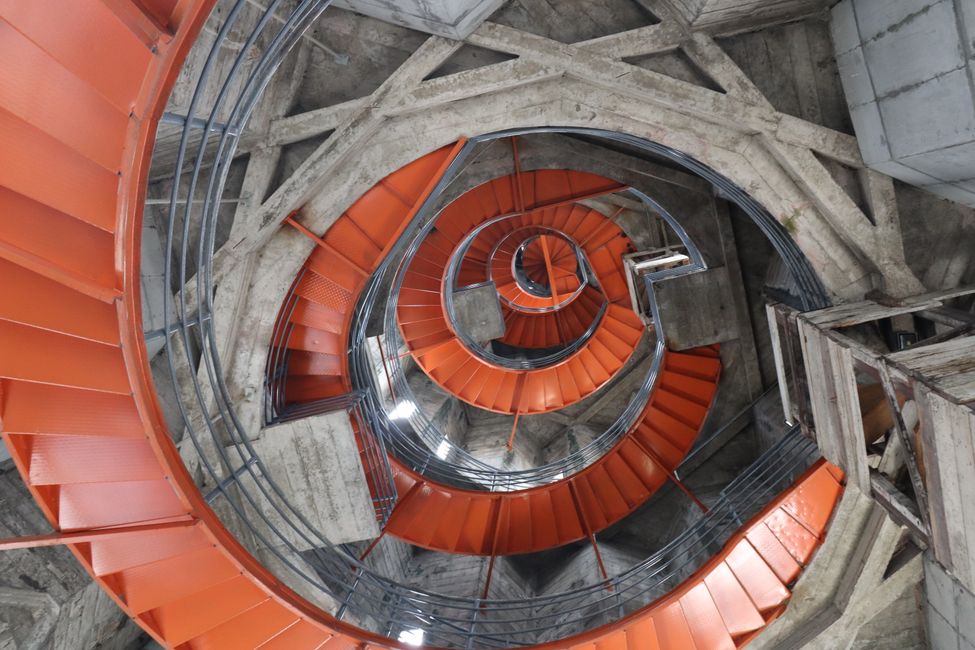
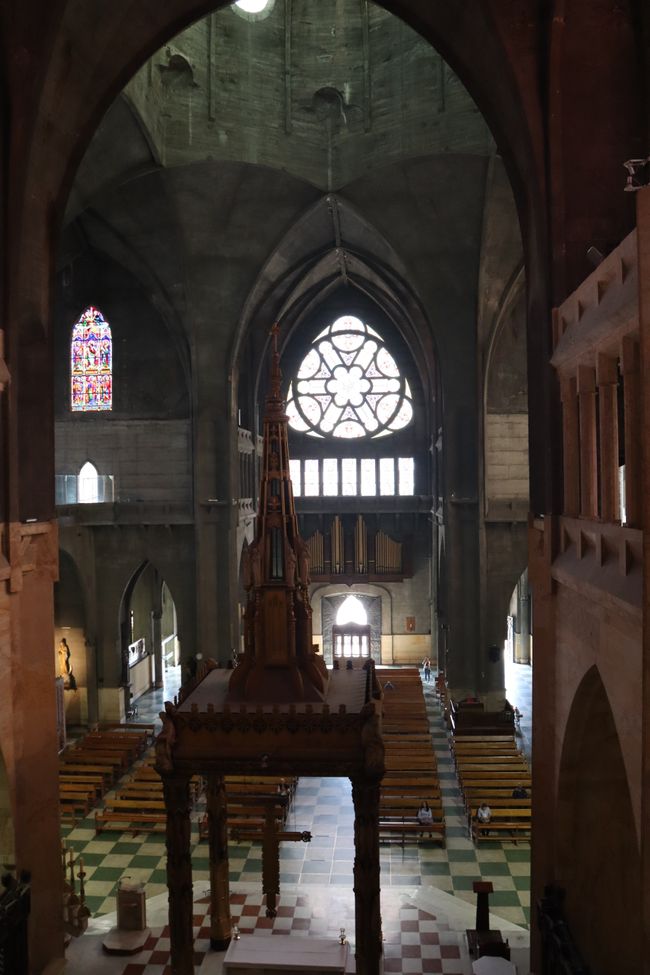
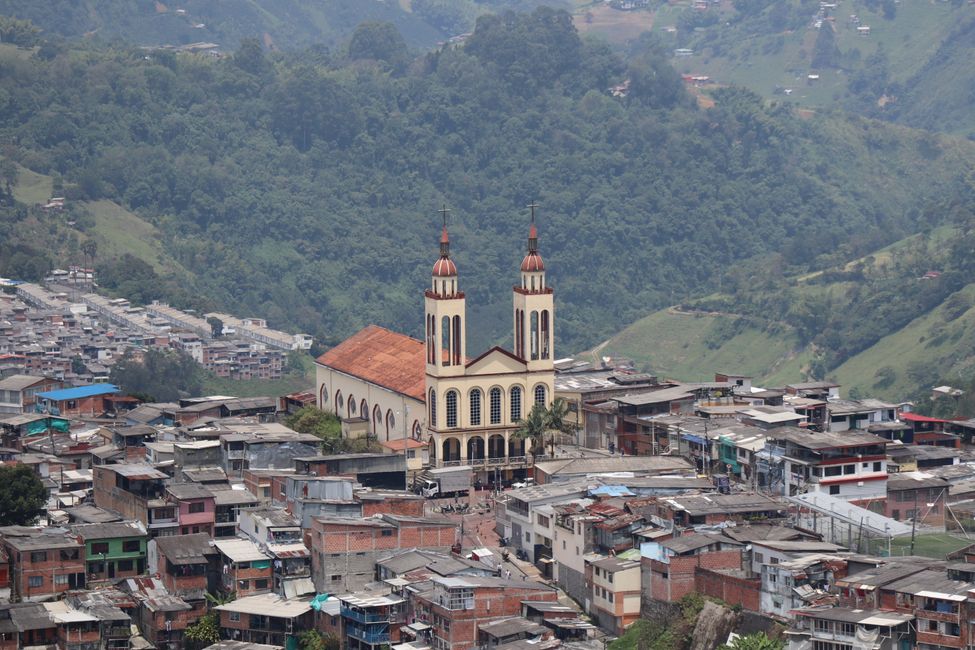
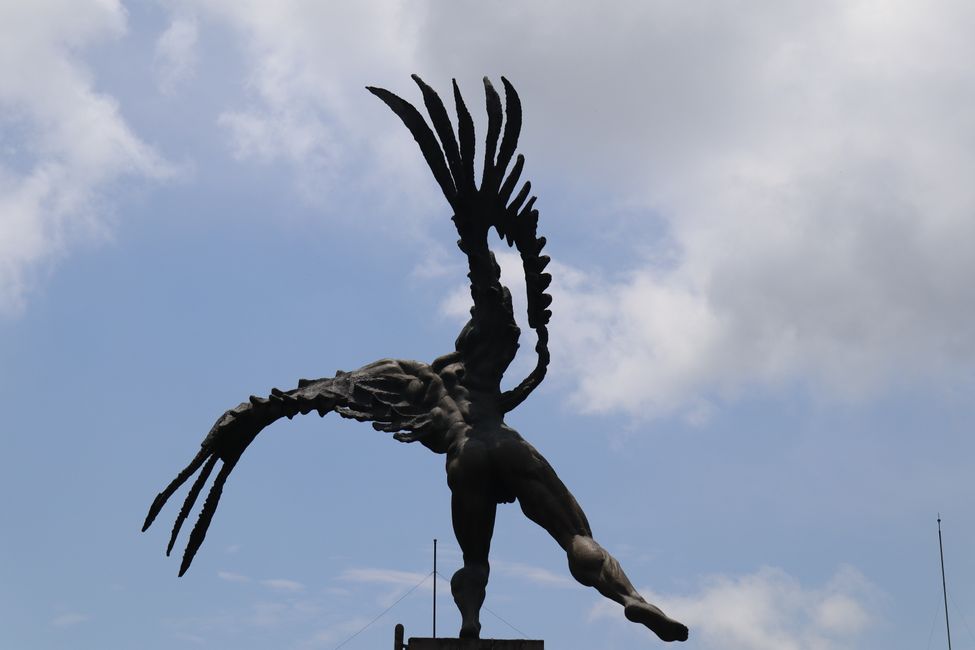
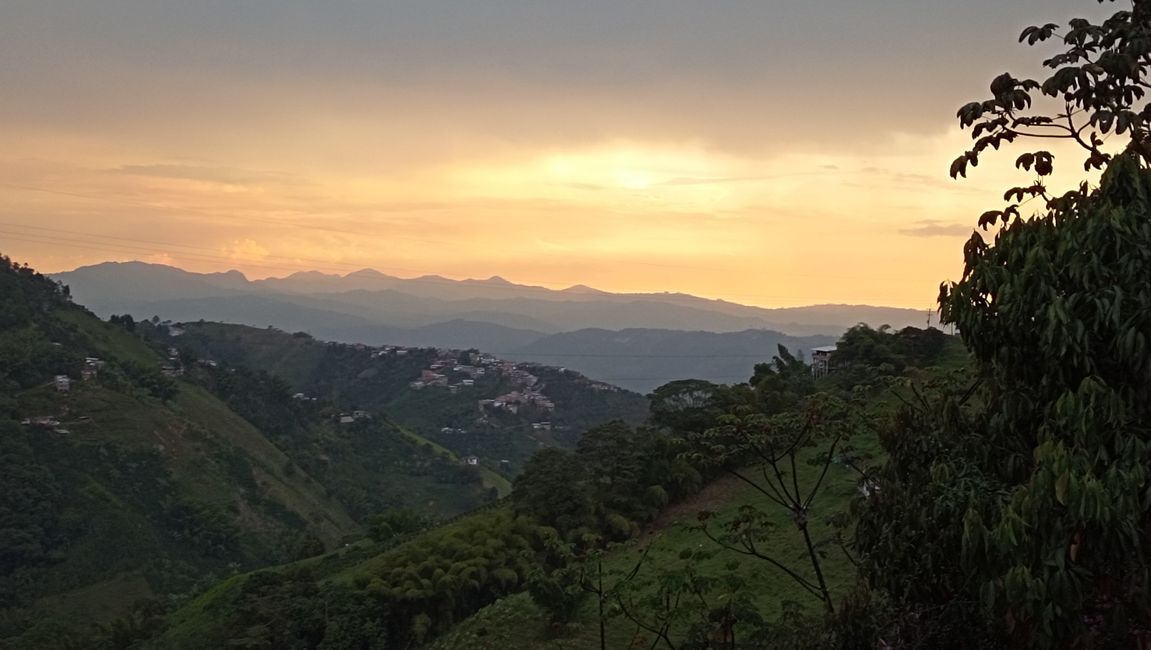
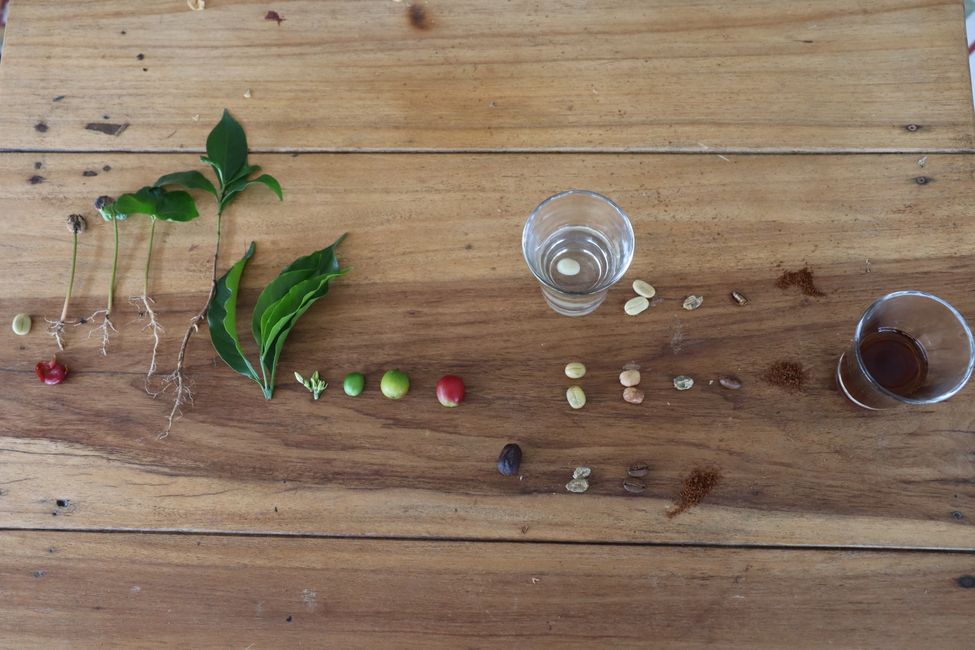
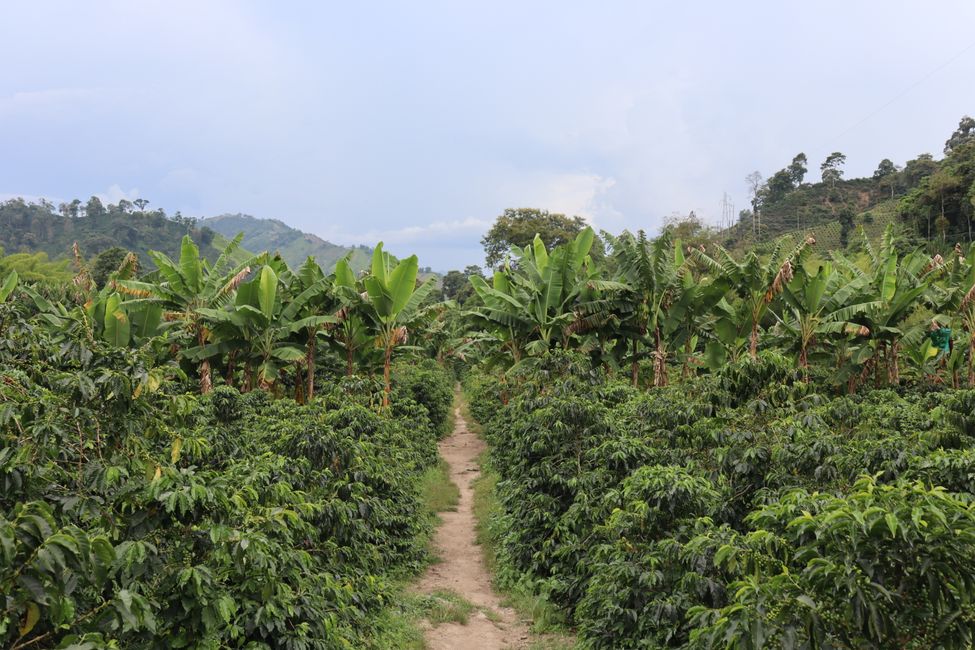
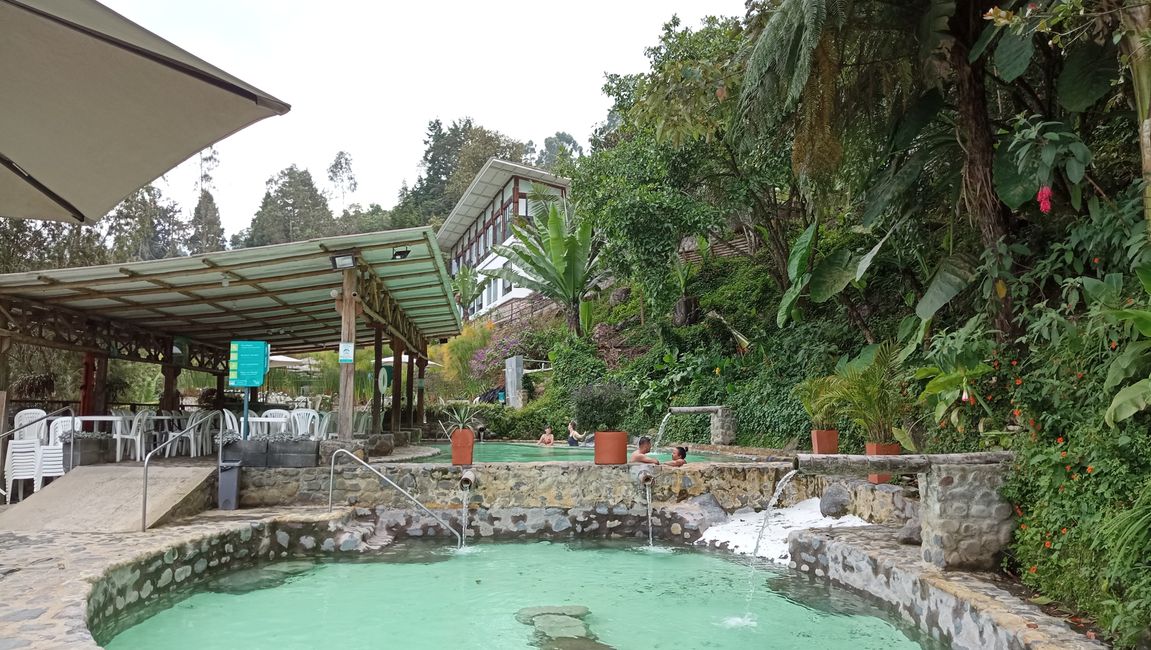
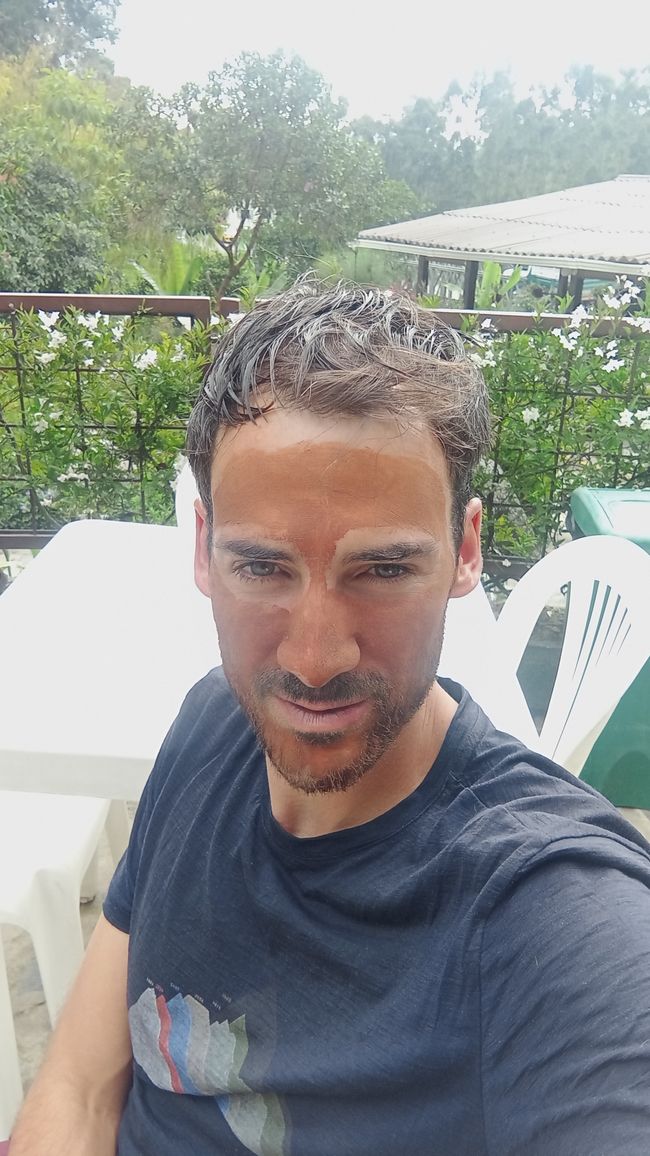
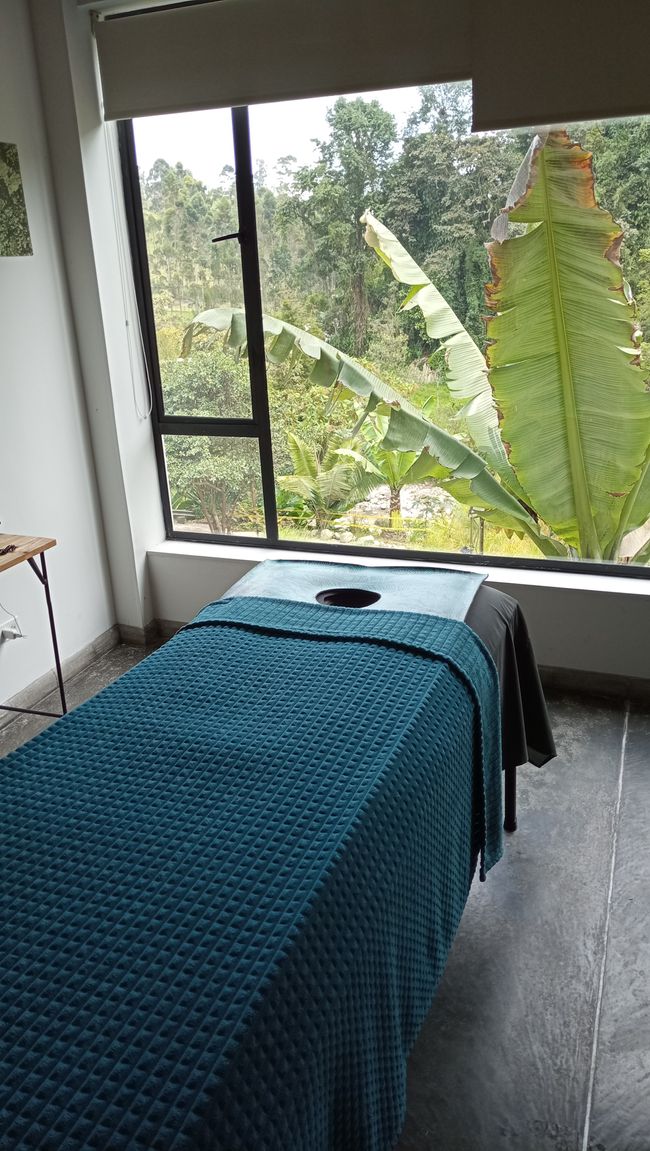
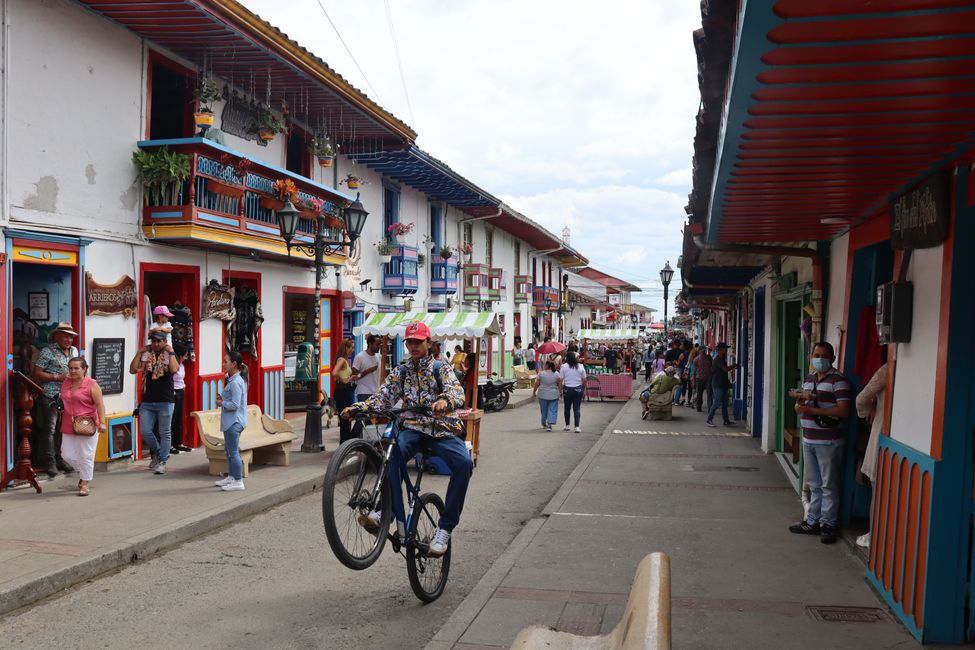
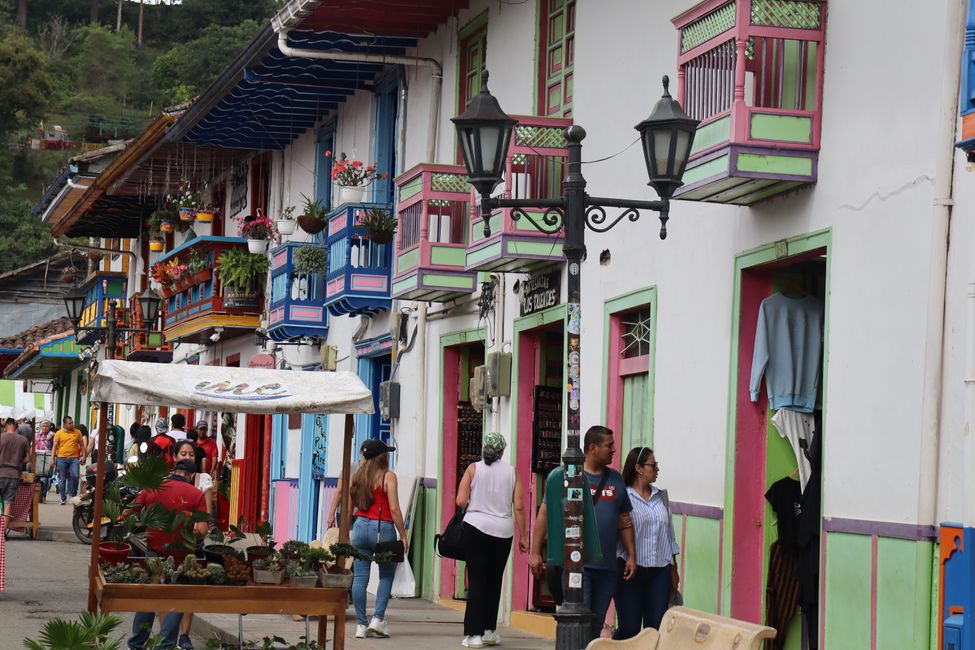
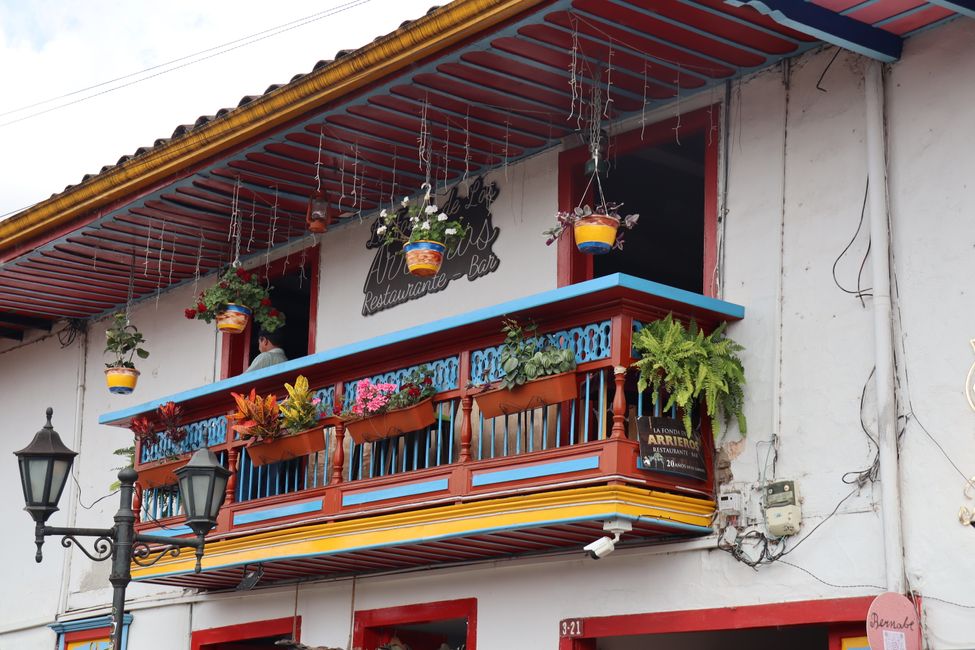
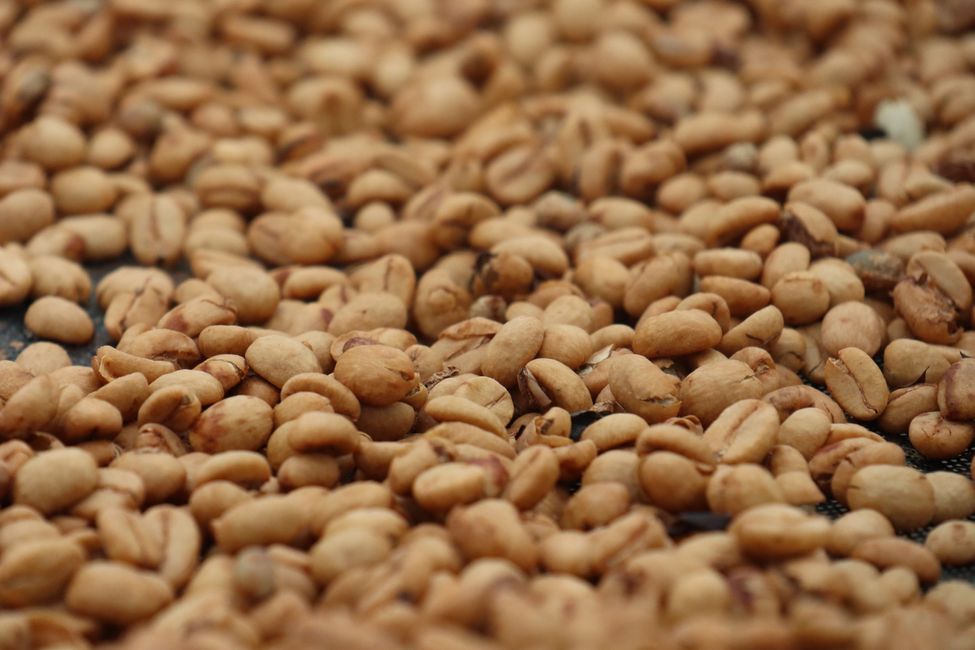
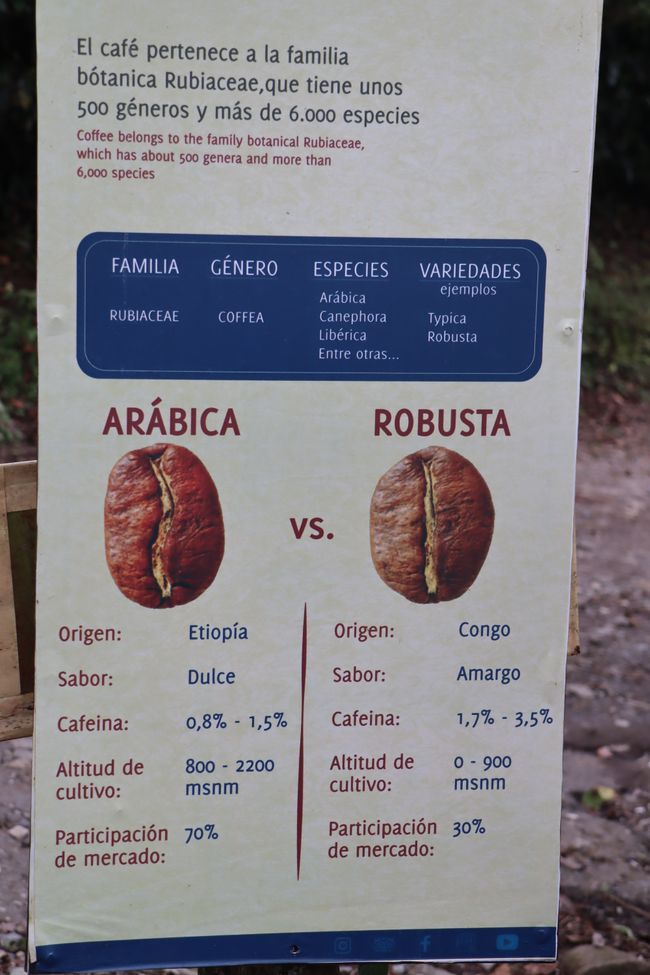
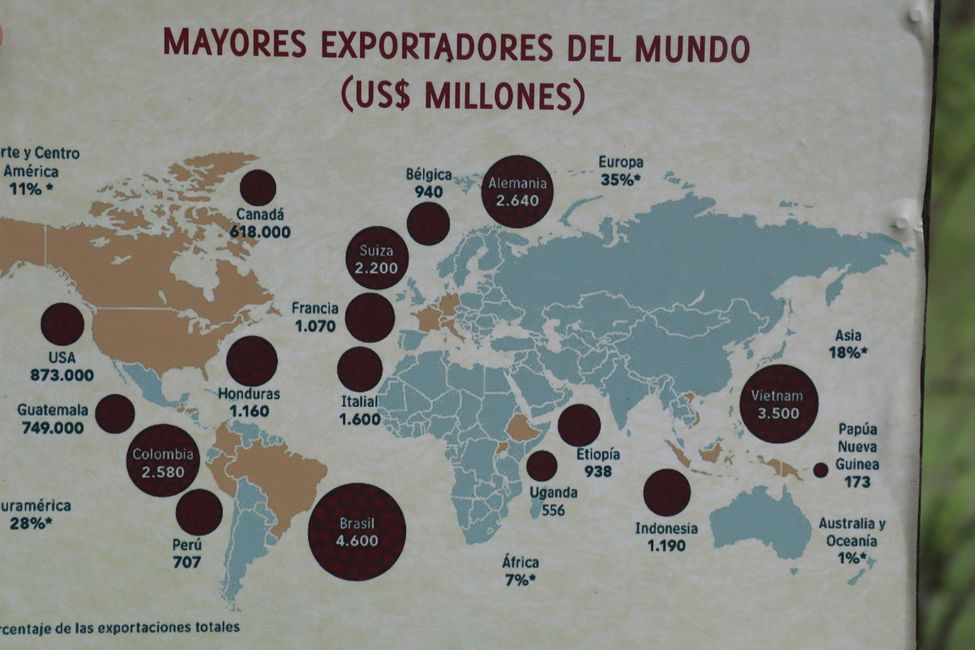
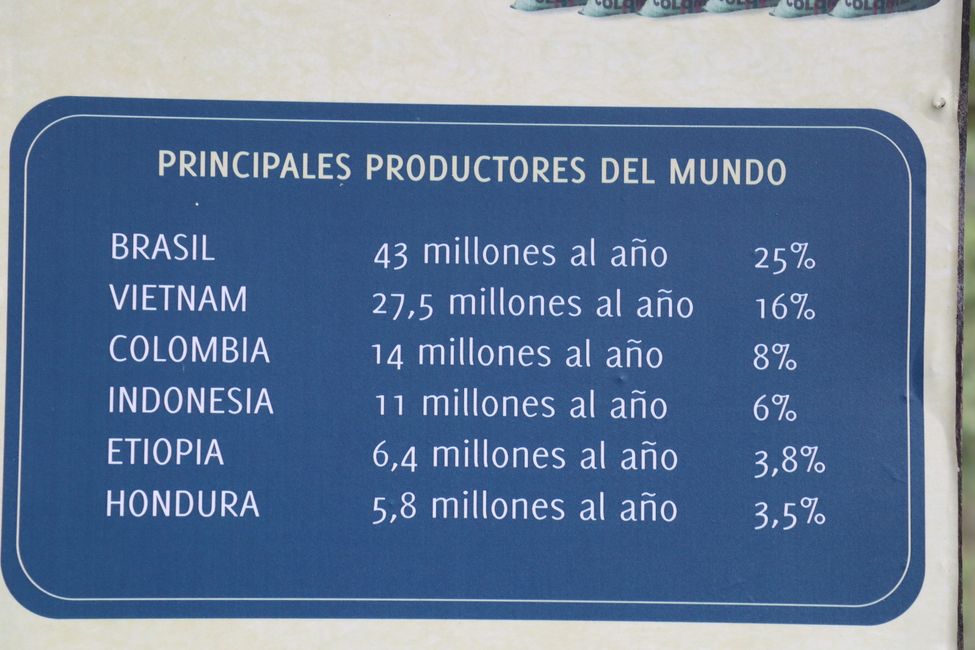
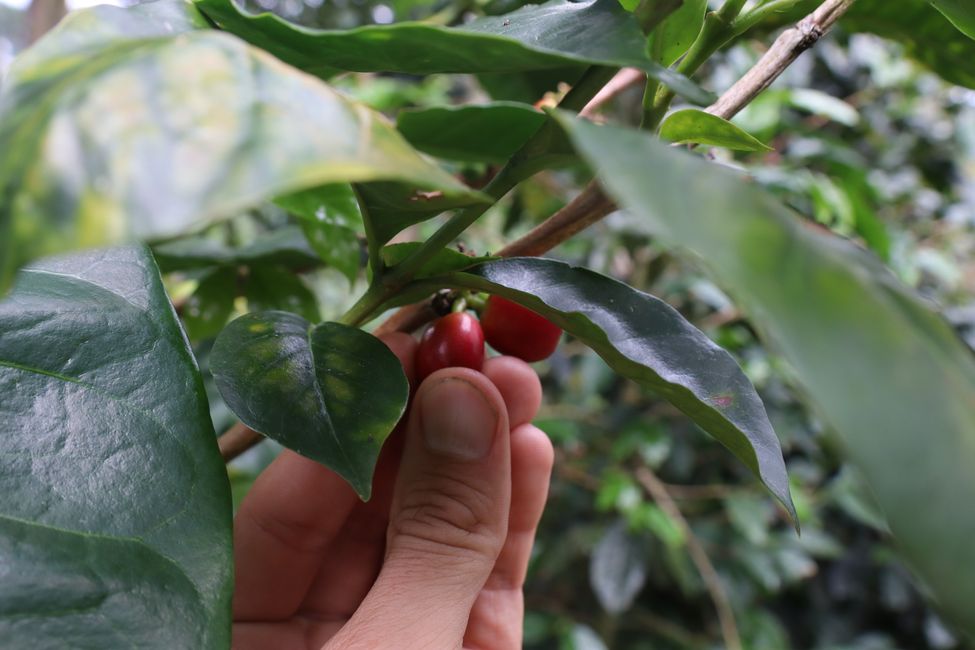
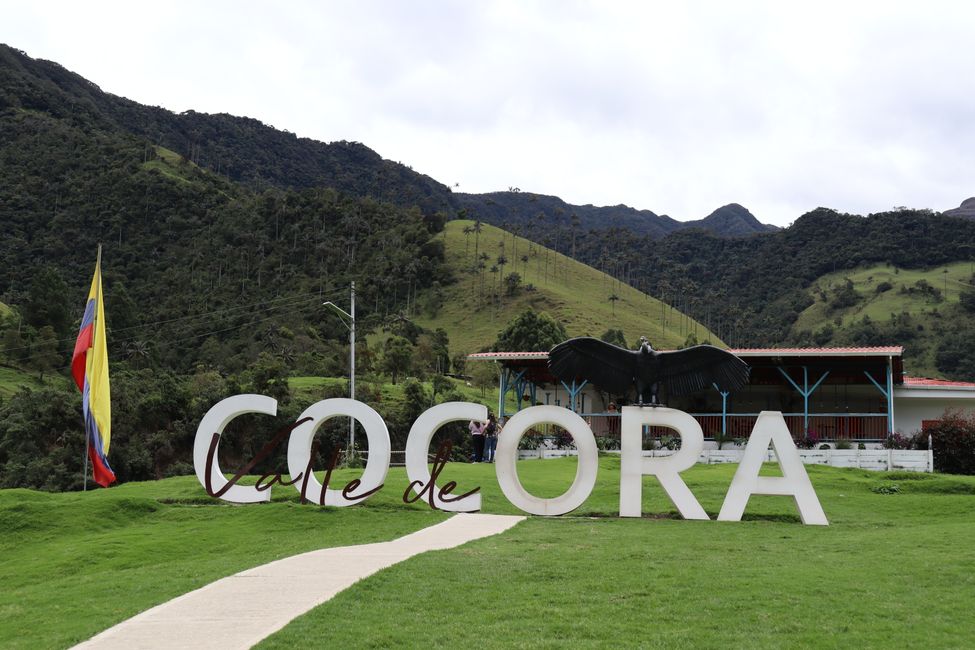
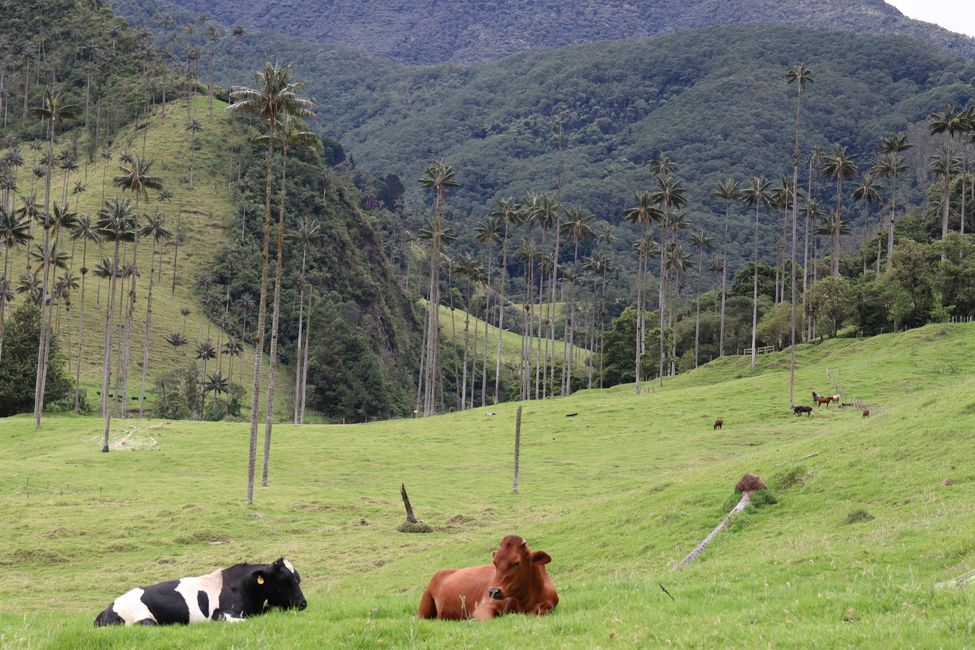
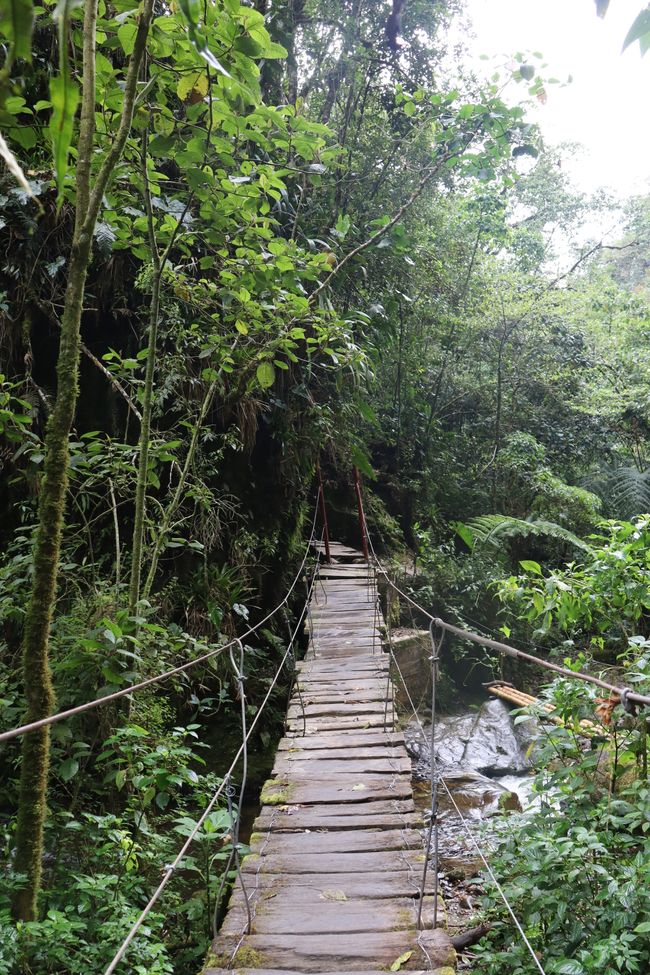
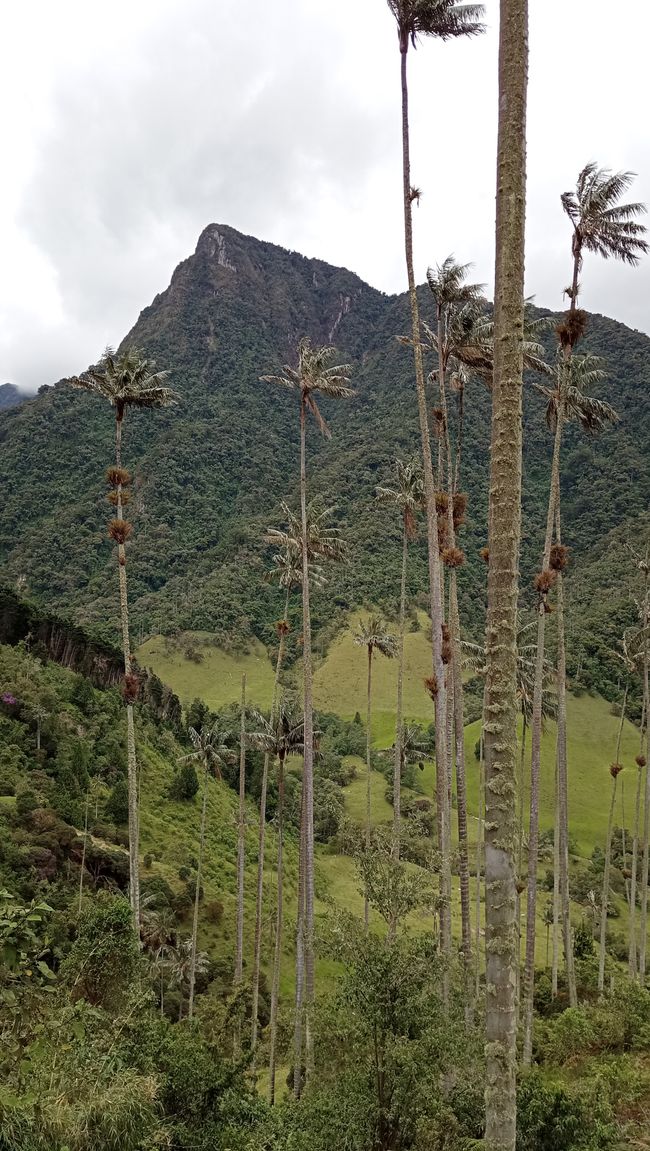
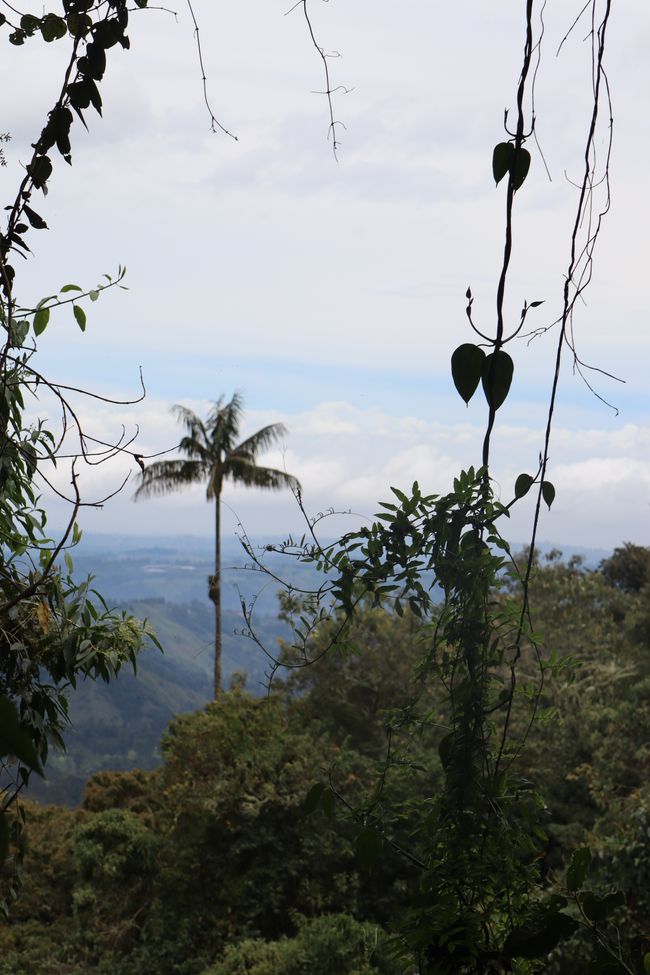
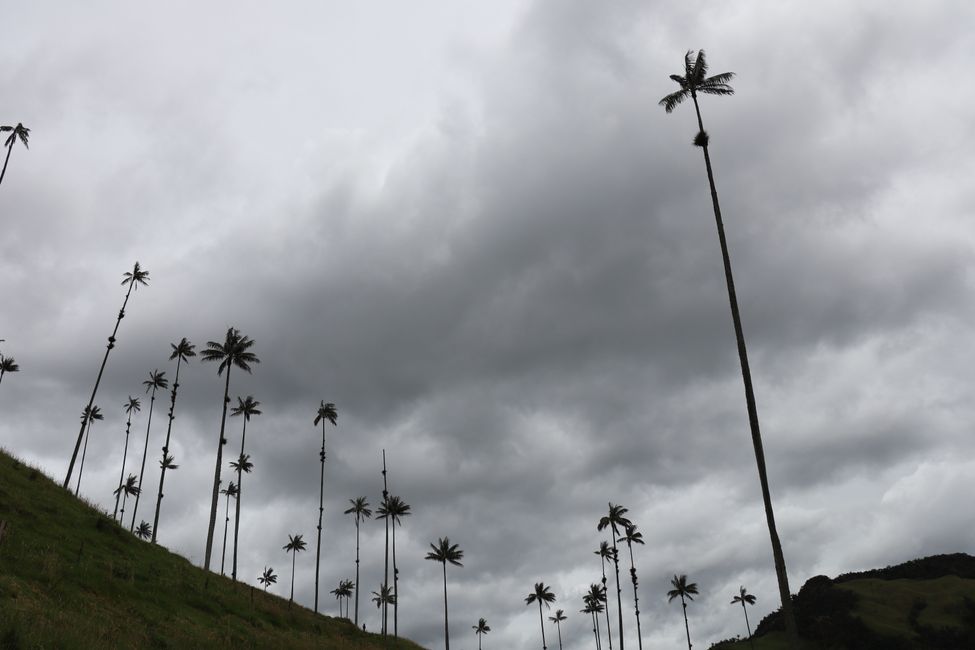
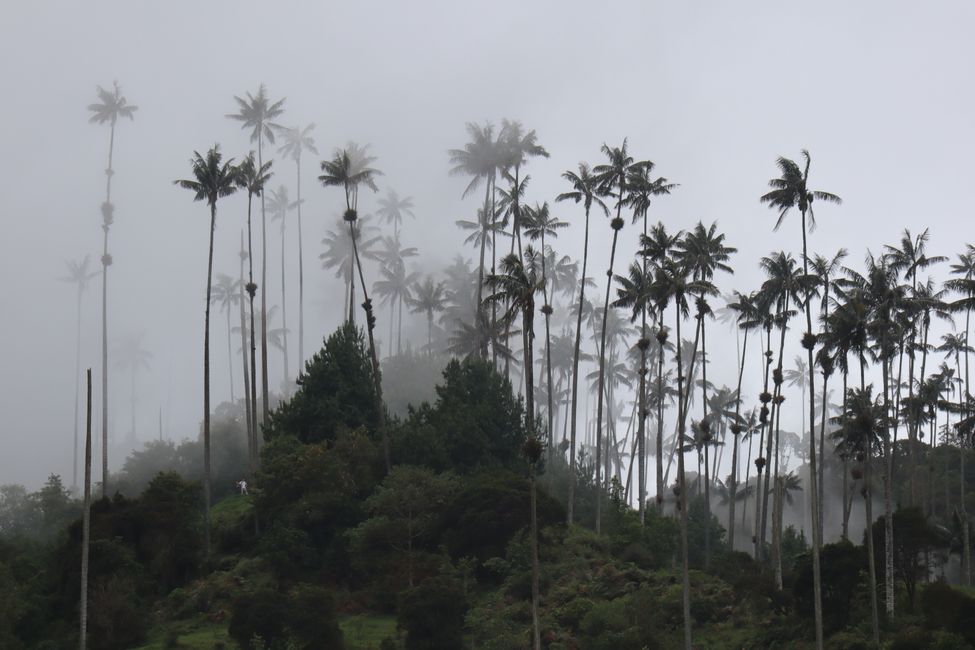
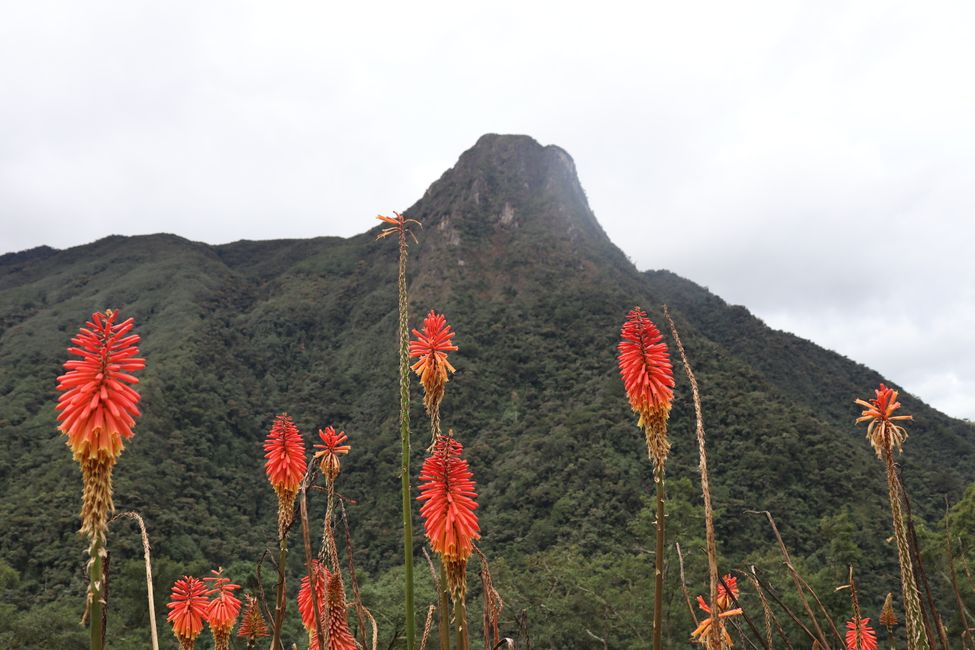
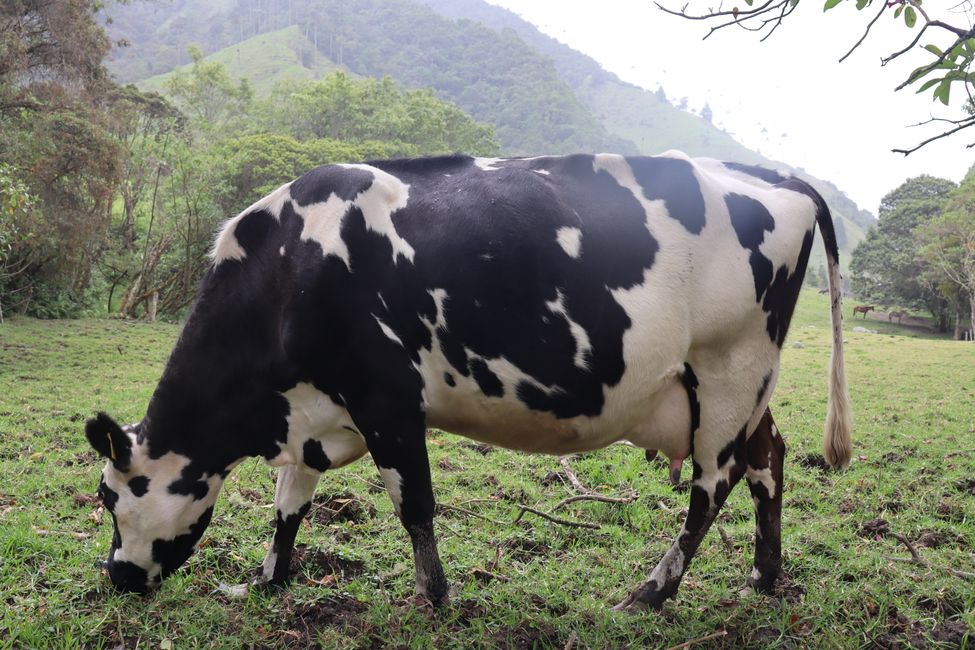
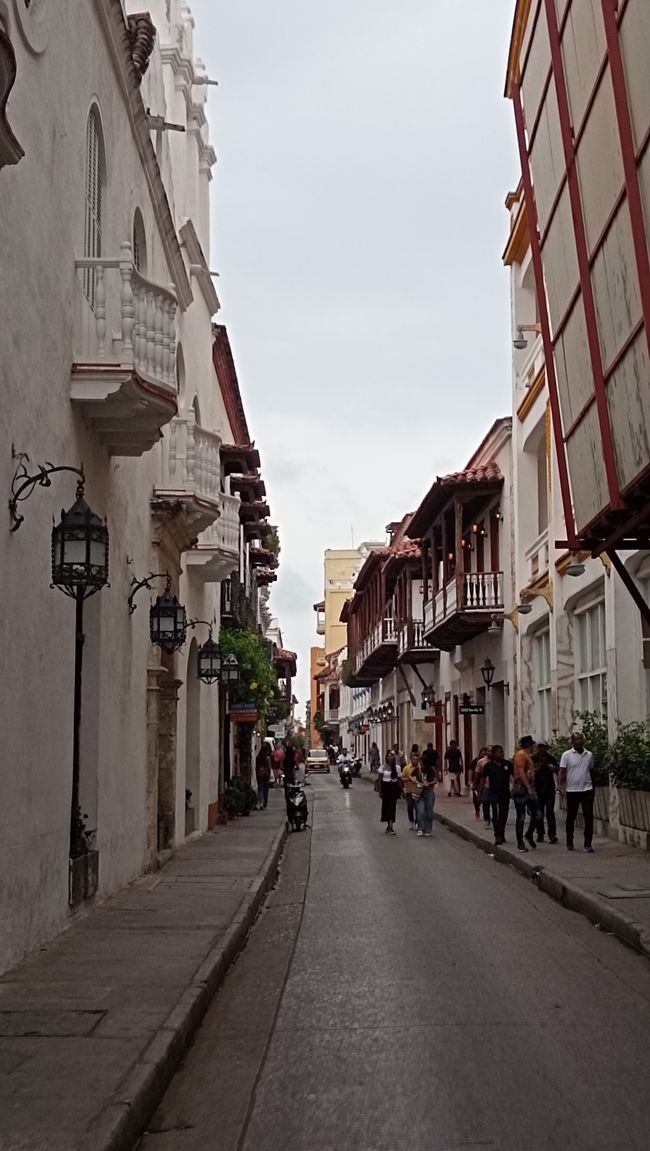
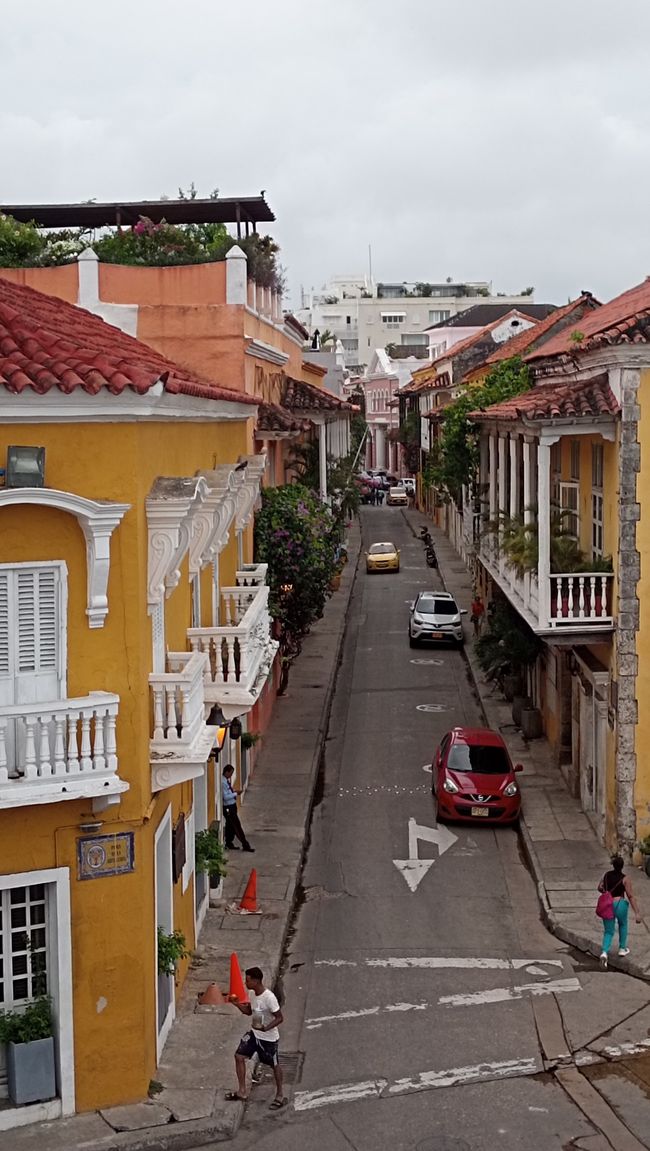
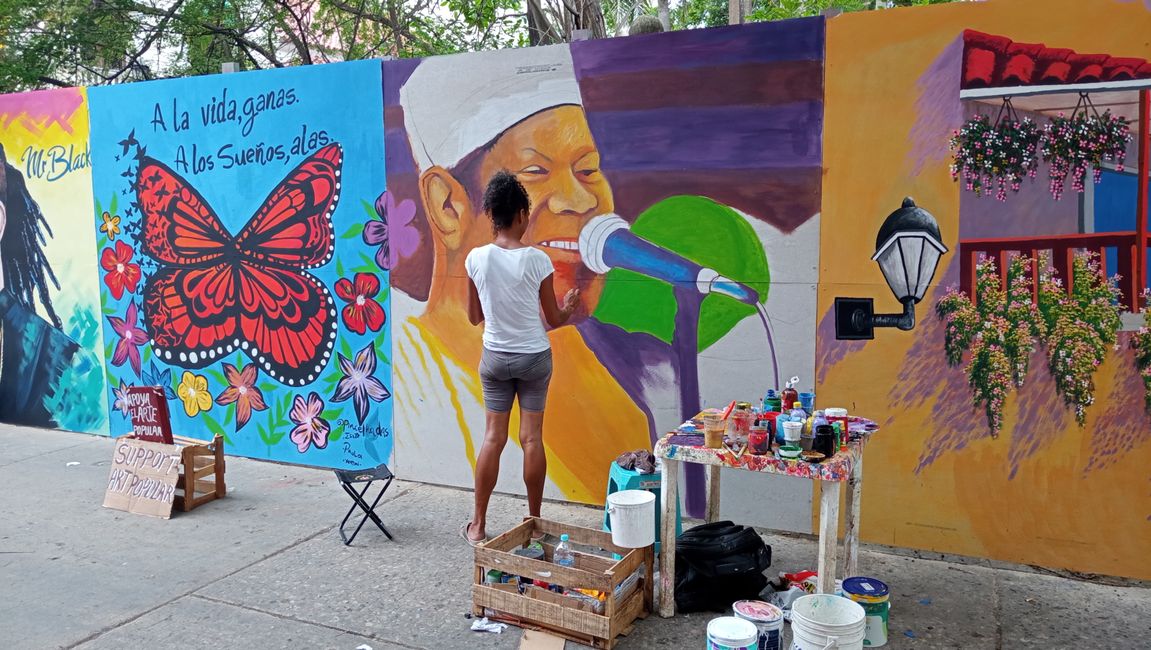
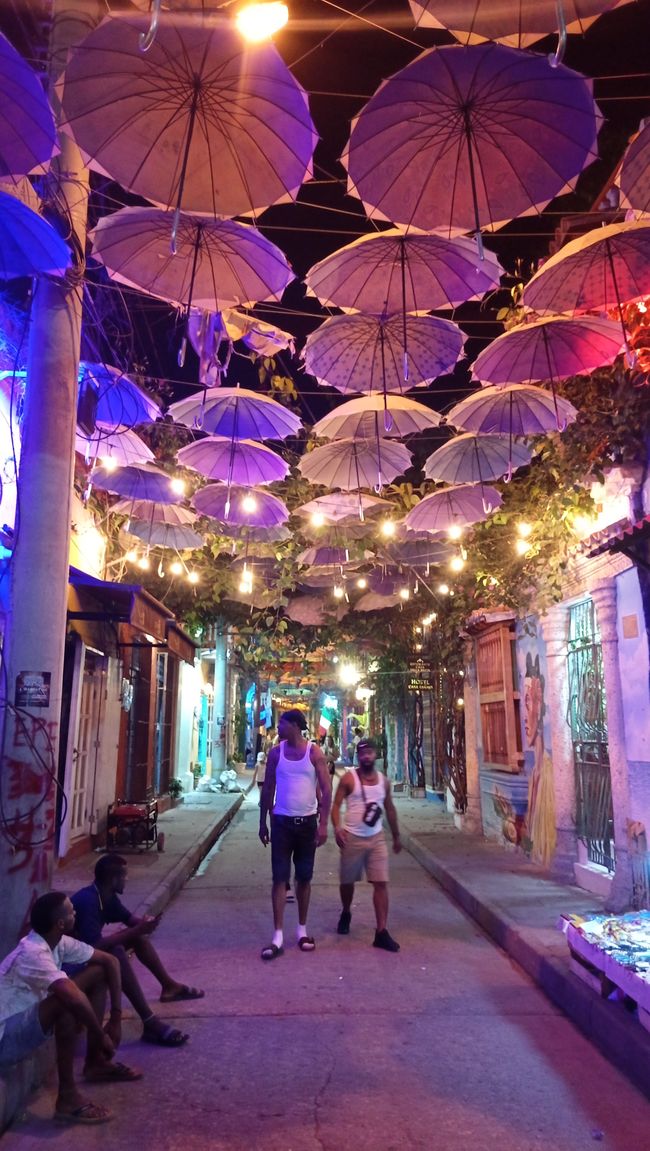
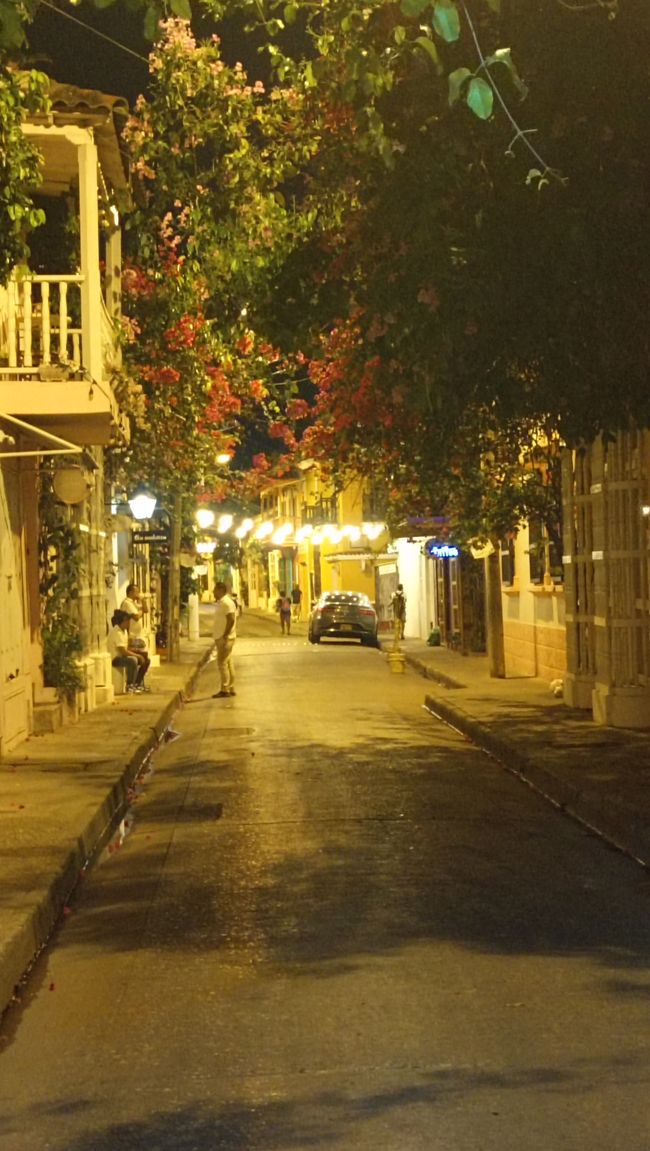
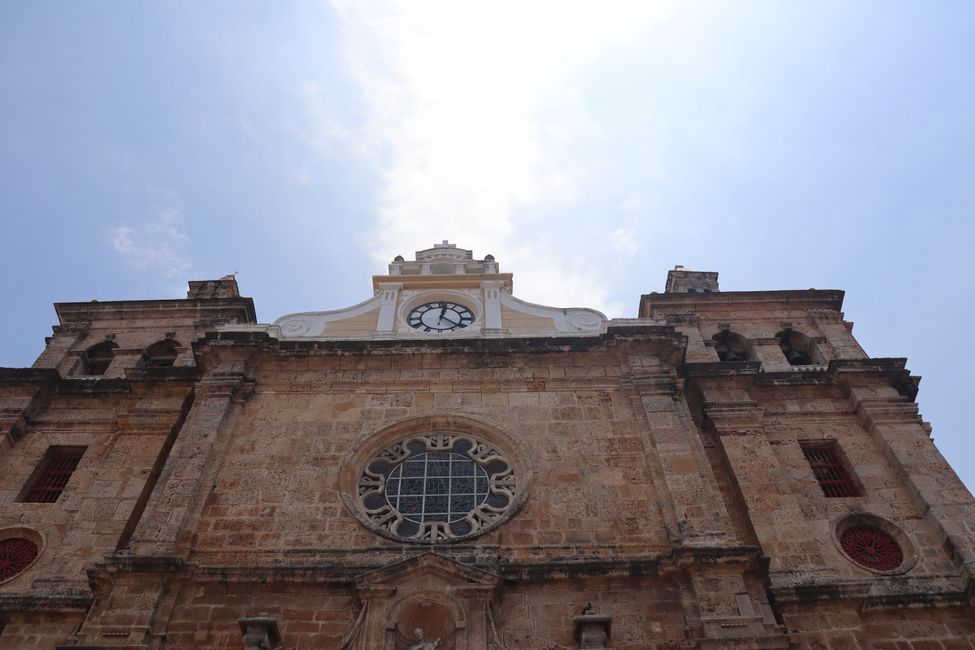
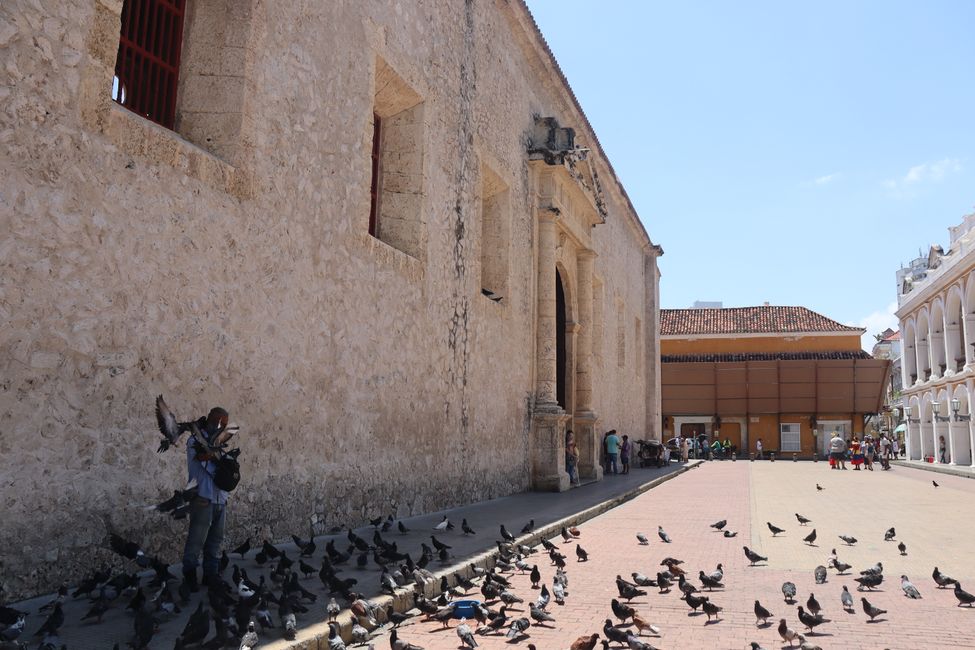
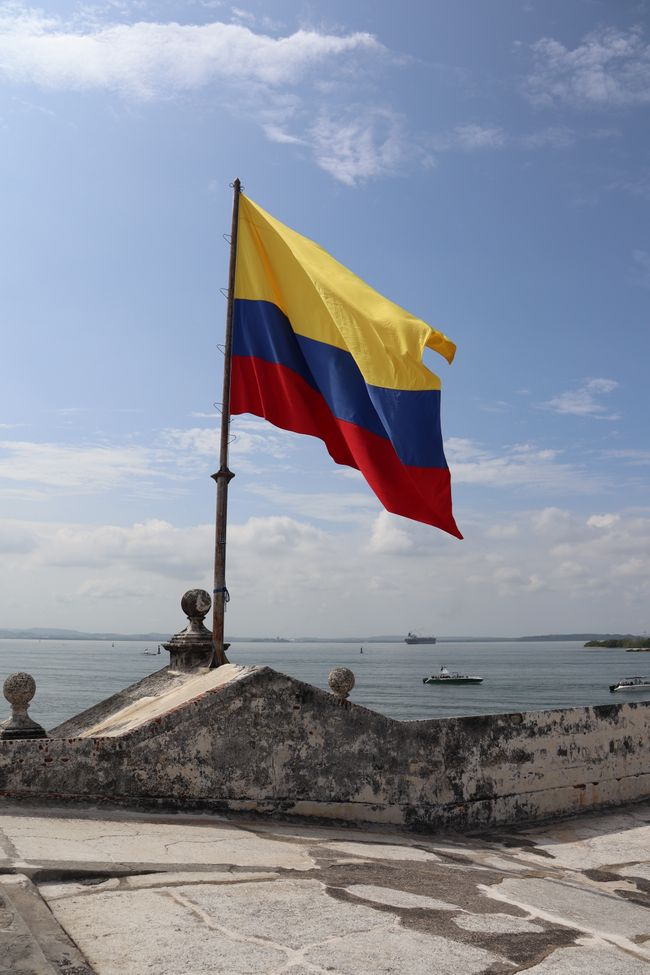
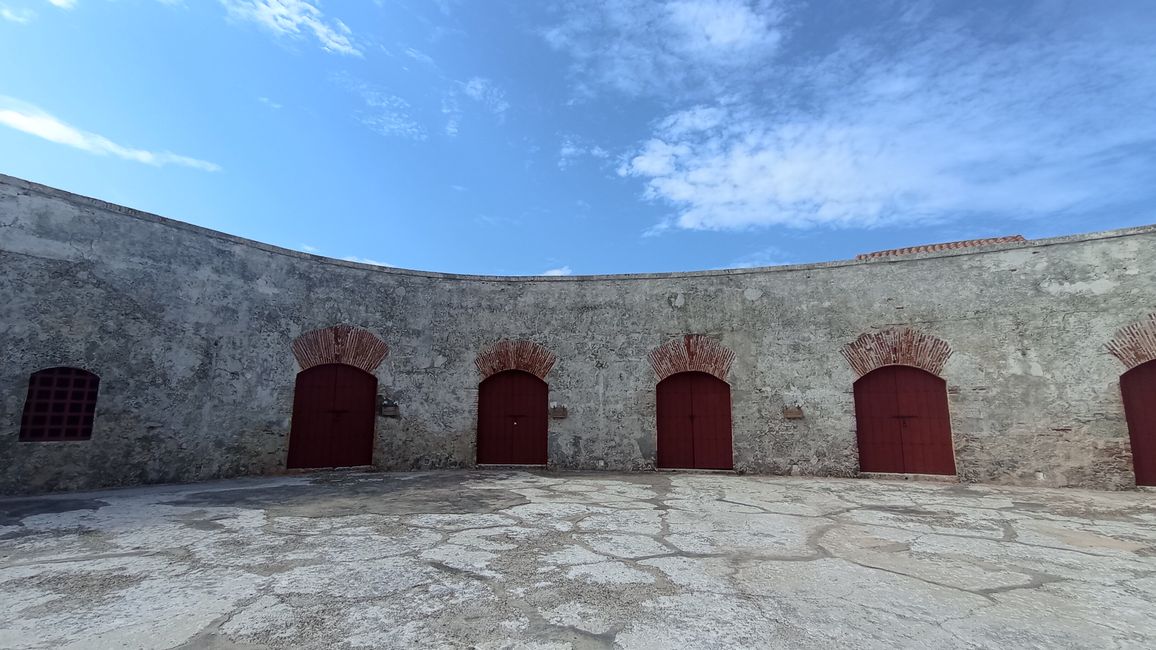
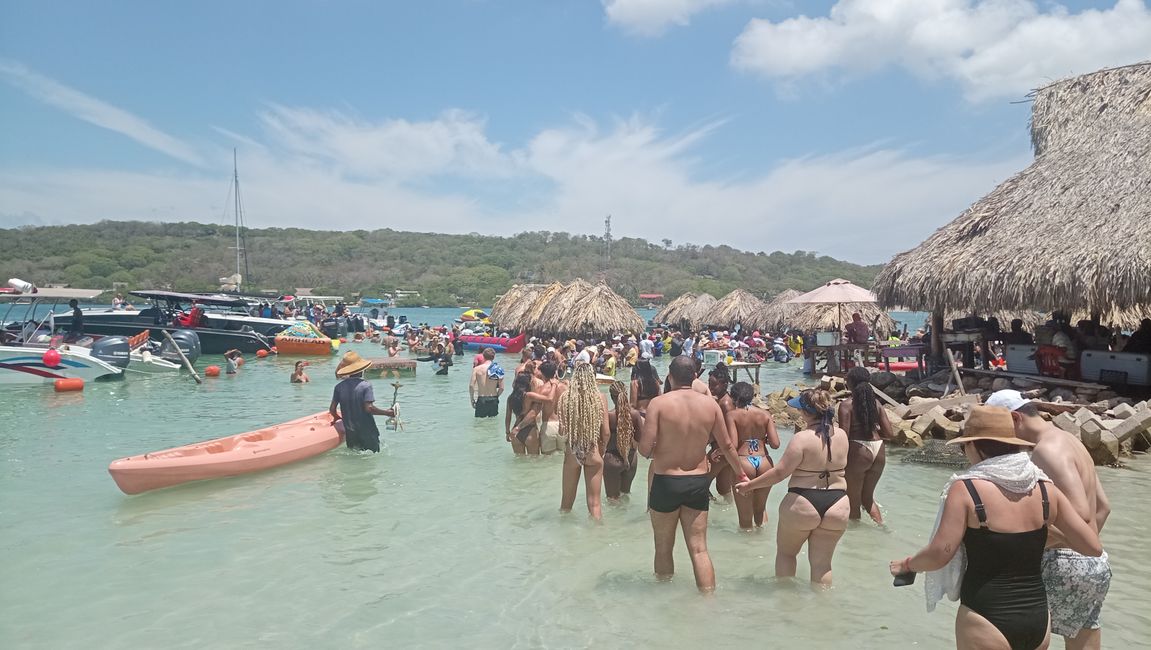
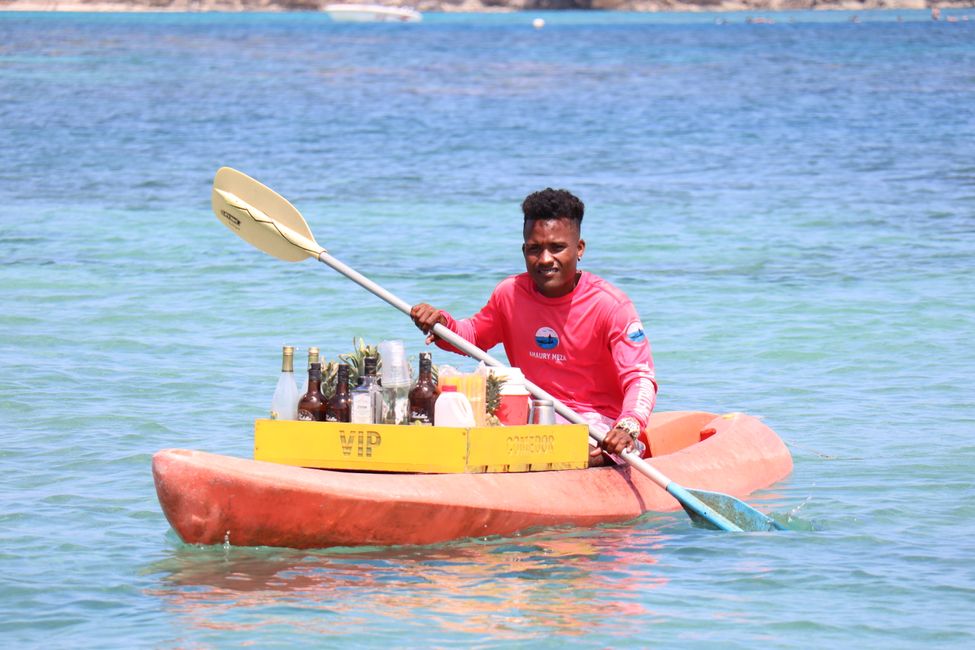
Претплатете се на билтенот
Phew, I got off lightly this time ;). Fortunately, the worst fears about the Ayahuasca/San Pedro retreat did not come true. Nevertheless, the days in the retreat were incredibly exhausting and took a toll on my nerves. Ideally, a few days of relaxation would have been recommended/required now, so that one could let the whole experience sink in. Well, those who know Barrello FOMOllo aka Mr. Restless know that he always struggles to stay put. After all, he still had to travel all over Colombia, and it didn't seem like there would be much time left. Hmm, but wasn't there something else...? Oh yes, right, I was stranded somewhere at the end of the world (southern Ecuador) and first had to get there. The "there" (San Agustin = a small town in southwest Colombia) was about 1,300 km away and meant that I had to cross almost the entire country of Ecuador (from south to north). In other words: over 42 hours of travel time (!!!), 3 taxi rides (fans of taxi drivers who disregard traffic rules will certainly get their money's worth in Ecuador), 5 bus rides (on sometimes hair-raising winding roads), 1 (official) border crossing, 1 increasingly deafening "little foot", zero seconds of sleep, endless waiting times, and 1 slightly annoyed, exhausted Barrello. Kids, don't try this at home!! Honestly, I don't really know what got into me!! Well, so much for the first (unnecessary) travel hardships in Colombia...
Colombia (the name is actually thanks to Chrigu K.) is the second most populous country in South America, with over 50 million inhabitants (and thus more people than the much larger Argentina). About one third of the country (the southeastern part) is located in the diverse, dense Amazon rainforest (which I unfortunately will not be able to visit due to time and logistic reasons :(). The Colombian Andean region aka the "never-ending mountain scene" dominates the southwestern part of the country. There you can find wonderful, green, densely forested hills and mountains (which occasionally reminded me a bit of Switzerland, especially the Emmental region). In addition, you will find the typical Andean features such as various mountain giants (up to 6,000 meters), volcanoes, glaciers, and a large number of animals (llamas, pumas, bears, condors etc... [so far, I have mainly encountered many colorful birds, steep slope cows, street dogs, and annoying mosquitoes]). Attention coffee fans: the majority of Colombian coffee production (especially Arabica) comes from this (extremely fertile and rainy) region. In the north, Colombia borders the Caribbean Sea. In other words, inviting turquoise blue coral reefs for snorkeling/diving, dreamy white sandy beaches, and trekking adventures in the jungle of Tayrona National Park. The region of the Colombian Pacific coast (in the west) is one of the rainiest regions in the world. Nevertheless, you can of course also find beautiful white sandy beaches here and several opportunities for snorkeling and diving. Between August and October, you can also observe humpback whales from the coast (unfortunately, I will have to skip this region as well :( ). In short, an exciting and diverse country... if it weren't for the story with all the people around it... ;). I was told a lot about Colombia beforehand. While I heard several times from younger travelers that I HAD to go to Colombia (especially Medellin), as there are super "nice" people and cool parties there (by the way, I consider the fact that I was told about it as a compliment... maybe I should thank the manufacturer of my anti-aging cream on this occasion ;)), others (of course much older/wiser/more experienced) people told me that certain regions or situations were still quite dangerous (e.g. armed robberies on night buses). "Filter mode" on, I try to keep a cool head (which is not always easy for me) and will stick to some simple "common sense" safety rules.
San Agustin (May 1-5)
Once again, I was fooled by one of the must-see recommendations from the Lonely Planet. San Agustin was my first stop in Colombia. The region is mainly known for its numerous indigenous ruins/ relics/ stone figures that have been discovered there over the past 100 years. Sounds interesting, doesn't it? In my imagination, I was already swinging my machete, wandering through dense jungle landscapes, and then unexpectedly stumbling upon ancient ruins. Those who have been to Angkor Wat know what I'm talking about :). Nothing could be further from the truth. Instead of simply uncovering the figures and leaving them as untouched as possible at the site (I could still accept some protection from the weather), more or less all the figures were excavated and mounted on some stupid pedestals, fenced in and covered (see photos). Yes, I know, this way the figures can be displayed in all their splendor. And yes, the little house certainly helps to protect them from the weather. But honestly, how would you feel if the ruins of Machu Picchu were dismantled into their individual parts just so they could be better presented to tourists? (even if the comparison might be a bit far-fetched, you probably know what I mean...) Despite the greatest resistance, I decided to give it a try and visited several "ruins" during my 4-day stay. Well, my opinion on this has not changed, the spark just didn't ignite. Because I became so disgusted with the whole setup, I gradually lost interest in the whole thing. It's actually a shame, because the underlying history would surely have been exciting. However, in terms of landscape, I found the region very appealing. The extremely colorful and diverse flora and fauna, combined with the hot and humid temperatures, can quickly give you the impression of being in the middle of the jungle. If you ignore all the figure stuff, you can easily spend a few relaxing days in San Agustin and/or go for some hikes and/or bike tours.
Medellin also known as the "City of Eternal Spring" (May 6-10)
If you want to better understand Medellin or Colombia, you should familiarize yourself with the history of the country. A certain Mr. Gaitan said in 1989:
"Colombia is a country stuck in the 19th century. And after Brazil, it has the most unequal society in Latin America, the most elite, hierarchical society with the sharpest class differences. Only in the Arab monarchy is there such a fantastic concentration of power. Colombia is a country in which there is no social mobility. The drug trade is perhaps something like a pathological response to a too rigid structure, because it gives people the opportunity to skip the stages of social advancement.
Pablo Escobar should be a familiar name to most readers. For decades, he operated as an extremely ruthless and brutal drug lord in the Medellin Cartel. Together with the Cali Cartel, they were the largest cocaine exporters in the world in the early 1980s to mid-1990s (80%). Due to the increasing demand for cocaine in the US and Europe in the late 1970s, drug cartels were formed all over the country. This terrible time claimed more than 45,000 lives (including many civilians) and countless missing persons. In the late 1980s, Medellin was named the most dangerous city in the world by "Times Magazine". The city resembled a battlefield for decades. Nowhere was there any real sense of security. A resident/survivor of Communa 13 (more on that later) told us during a tour that shootouts, contract killings, and gang wars were a daily occurrence. Several bomb attacks were also carried out during this time. Everyday life was marked by bloody fighting between the left-wing guerrilla movement FARC and right-wing paramilitaries. The rise of the Medellin Cartel was partly due to the strong social tensions, large class differences, and the high level of violence in the country due to the ongoing civil war. In the 1970s, 20% of the oligarchic elite owned 70% of Colombia's natural resources. With the assassination of Pablo Escobar, the Medellin Cartel was dismantled. However, the following years were still marked by many conflicts and violence. The construction of the metro (1995) and the cable cars served to connect poorer districts to wealthier ones, thus promoting social integration.
Today, the "Communa 13" (at least during the day) is considered a safe area. In addition to many street artists and a few cool bars/restaurants, there is a lot of street art to admire. The once violent neighborhood has become a true tourist hotspot. Well, that's enough of a little historical detour about Medellin/Colombia.
I spent a total of four days in Medellin. In the El Poblado neighborhood, which is particularly popular with younger party-loving Gringos, you can find numerous clubs/bars/restaurants. For some people, this seems to be reason enough to hang out there for weeks, partying and getting robbed here and there while being drunk/high (spoken by the old, wise man... I can already see myself feeding ducks in the park...:). But hey, I'm probably (still) not that old and uncool, because in Medellin I actually did my first (and probably last) party bus club tour!! And to my amazement, it was actually a lot of fun (especially the part where we cruised through the city in an excessively loud party bus). Besides exploring the city on my own, I, of course, joined another Free Walking City Tour :) What can I say...? The tour was basically interesting... but I probably wouldn't have lasted very long in the city center on my own. It was just too much of everything for me. Too much noise, too many people, too much traffic, too much hustle and bustle, too much chaos. Unfortunately, homeless people can be seen lying on the ground everywhere, and it feels like every 10 meters someone approaches you, begging for money. When you're out and about there, you really have to be constantly on guard to make sure nothing gets stolen. If that doesn't bother you, you will find some interesting museums (the Museum of Antioquia is recommended for fans of Fernando Botero) and plazas (e.g. Plaza Botero = even more chubby figures). It wasn't for me. I was glad when I finally sat in the taxi and drove back to El Poblado (= tourist district, therefore much safer). What else? As I mentioned above, I did a graffiti tour in "Communa 13". It's definitely worth a visit, even though it has become really touristy by now (see photos). Furthermore, I took a day trip to Guatape (=colorful historic town with a huge rock and picturesque lake scenery). It was beautiful, eventful, exciting, definitely worth a visit :). There would certainly be much more to discover in Medellin. But for now, it was enough for me :).
Manizales (May 10-13)
After a few days in the big city jungle, I longed for some nature and relaxation. Manizales (the city itself is not really worth seeing) is located near the beautiful Los Nevados National Park and is surrounded by picturesque hills. In addition, there are numerous coffee plantations and hot springs in the region :). I will report more about my stay there shortly, but first, I want to share a (unfortunately not entirely atypical) anecdote. Mr. Planius Genius once again mixed up the times a bit. I took a night bus from Medellin. In my mind, it should have arrived in Manizales sometime around midnight (by now I should actually know that you can NEVER rely on the times stated on the internet in South America). The actual arrival time in Manizales, however, was not until 3 a.m. Of course, all questions/information I addressed to the hostel during that time (for example, about the delayed arrival) were consistently ignored. So, I was left completely in the dark about whether someone at the hostel would receive me. But I didn't really feel like sleeping at a bus stop with all my luggage, so I had no choice but to take a taxi to the hostel. When I arrived there, it quickly became clear to me that no one was expecting me anymore. The hostel seemed empty. Suddenly, I wasn't even sure if I had arrived at the right place. I double-checked the booking, everything seemed to be in order. By now it was about 4 a.m. I felt like the "accommodation" wasn't really worth it anymore. Theoretically, I could have just waited outside until the sun came up and someone from the staff showed up (it was a small family business). But I honestly didn't feel like it, I was tired and really needed sleep! In my despair, I decided to take a little tour of the hostel (in search of a halfway decent place to sleep) and actually discovered two unlocked rooms. That's it!! You just sneak in, sleep for a few hours, and figure things out later somehow. The first room, however, was not exactly great, as a small, cute tarantula had already made itself at home there (see photo). I would NEVER stay there!!! However, room number two seemed safe so far. For this, I might mention that I found both rooms unlocked, so anything could have been inside!! Despite a slight feeling of discomfort (the next morning, by the way, I found a small information/warning brochure about the venomous snakes in the region), I spent my first (illegal) "night" in Manizales. When I told the hostel staff about the story, they just laughed heartily :):).
I was in Manizales for 3 days. Originally, I had planned to go hiking in the Los Nevados National Park. However, since it was unfortunately closed due to the current volcanic activity, I spontaneously decided to visit a coffee plantation (Hacienda Venecia) instead. I now know EVERYTHING about coffee, so if you have any questions about it, feel free to ask someone else (who actually knows about it) ;). Furthermore, I went to a thermal bath and treated myself to a massage (so much for relaxation). However, the massage was not very helpful. Either the massage was lousy or my back is, or both. Afterward, I suffered from severe back pain for 4 days (which I didn't have before, by the way).
Salento (May 13-15)
I believe a stop in Salento is a must for most travelers in Colombia. The town/village itself is very touristy, but still has a certain charm. In addition to numerous coffee plantations (I couldn't resist and visited another plantation in Salento), the region is mainly known for Valle de Cocora, which is located in the immediate vicinity of Salento. Valle de Cocora is an Insta-famous tourist hotspot. Nevertheless, the landscape with the tallest palm trees in the world is truly spectacular and absolutely worth a visit (see photos).
Cartagena (May 16-19)
After a little more than 24 hours of travel (maybe you remember the story about the rather flat learning curve), I arrived in the humid and hot tropical Cartagena. The city (which is located in the far north of Colombia, on the Caribbean Sea) is considered one of the most beautiful colonial cities in Colombia!! I think I can agree with this assessment. I would even go so far as to say that Cartagena was probably one of the most beautiful cities of my entire trip. The historic city center, decorated with all kinds of flowers and plants, impresses with its colorful colonial buildings, stylish bars, romantic cafes, and excellent restaurants. I can hardly imagine that anyone could not like Cartagena. Well, strictly speaking, this only really applies to the aforementioned old historic city center. Outside this bubble, you can see a completely different cityscape. The real (non-touristy) Cartagena stretches for a few kilometers to the south and is anything but beautiful. The waste disposal problems that can be found almost everywhere in South America (certain neighborhoods are hopelessly littered) seem to be particularly serious in Cartagena. Furthermore, I noticed that the drug trade in Cartagena seems to flourish in a similar way as in Medellin. During my stay there, I was asked about cocaine and/or marijuana at least 20 times. The dealers know very well that they will find many potential customers in front of hostels. But back to the city or the surrounding region. There are numerous small (Caribbean) islands around Cartagena that can be visited as part of day trips offered by many providers (in my opinion, too many). Originally, I had planned to spend 1-2 nights on one of the islands (for diving/snorkeling). However, due to time constraints, I ultimately decided to go for a kind of island-hopping day tour. Snorkeling was once again the highlight, although I was actually looking forward to the bioluminescent (i.e. glowing) plankton (which was also part of the somewhat too long tour) even more. Unfortunately, the latter was not nearly as impressive as you might know from some videos.
So, that should be enough for a few days again!! I really can't seem to keep it short and sweet :)
PS: by the way, this was the second to last blog entry
Stay tuned for the grand finale ;)
Претплатете се на билтенот
Одговори
